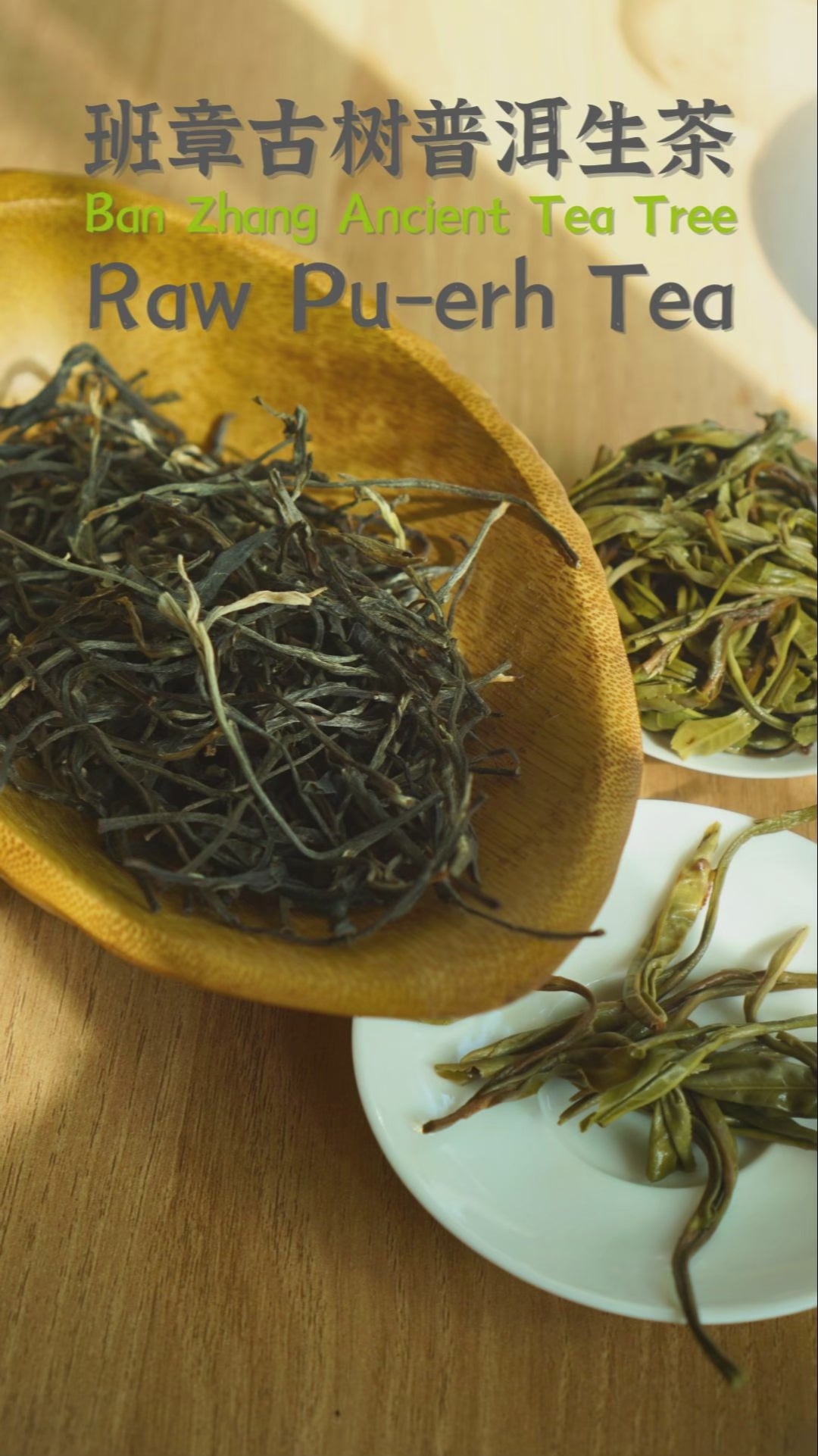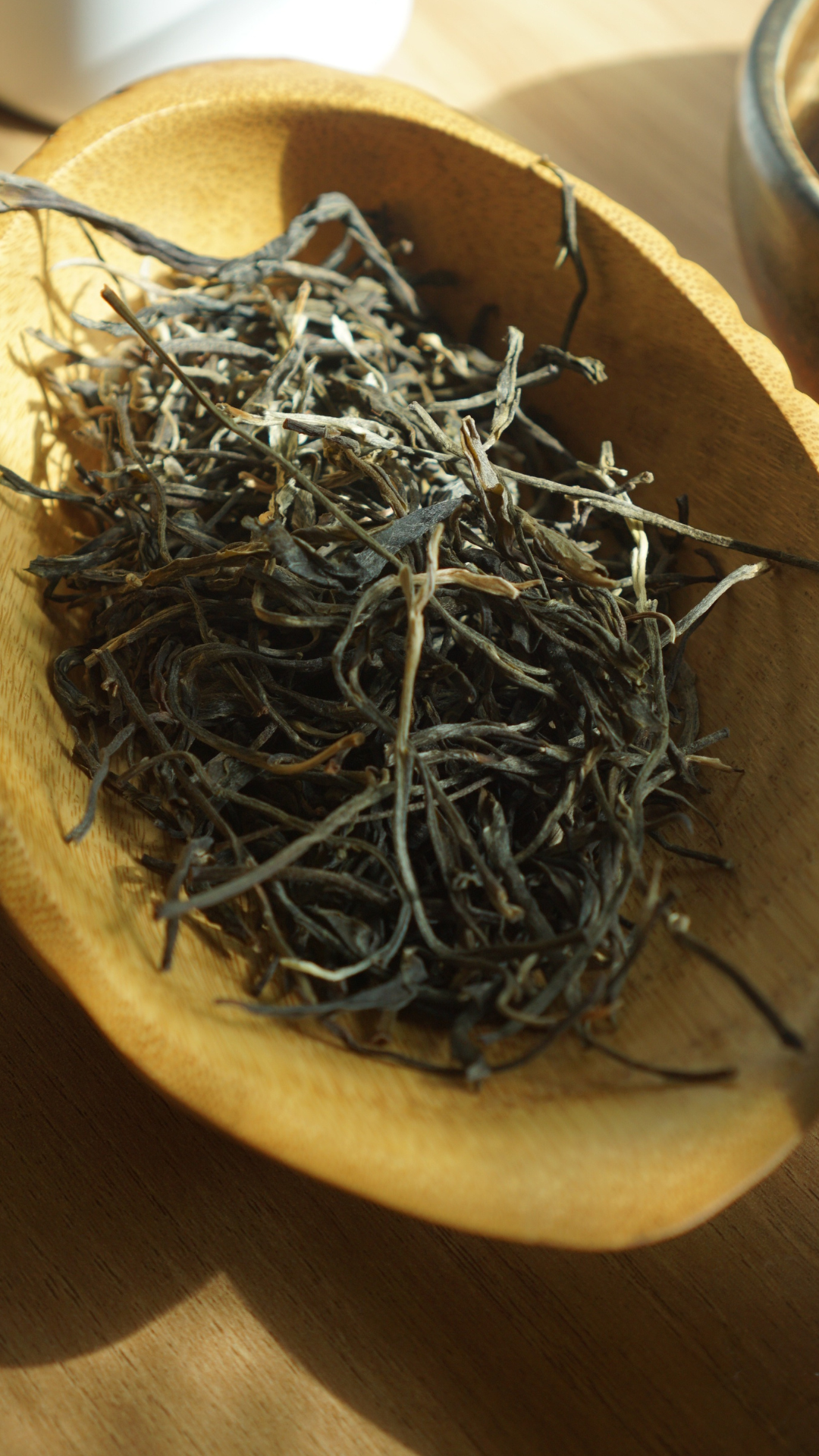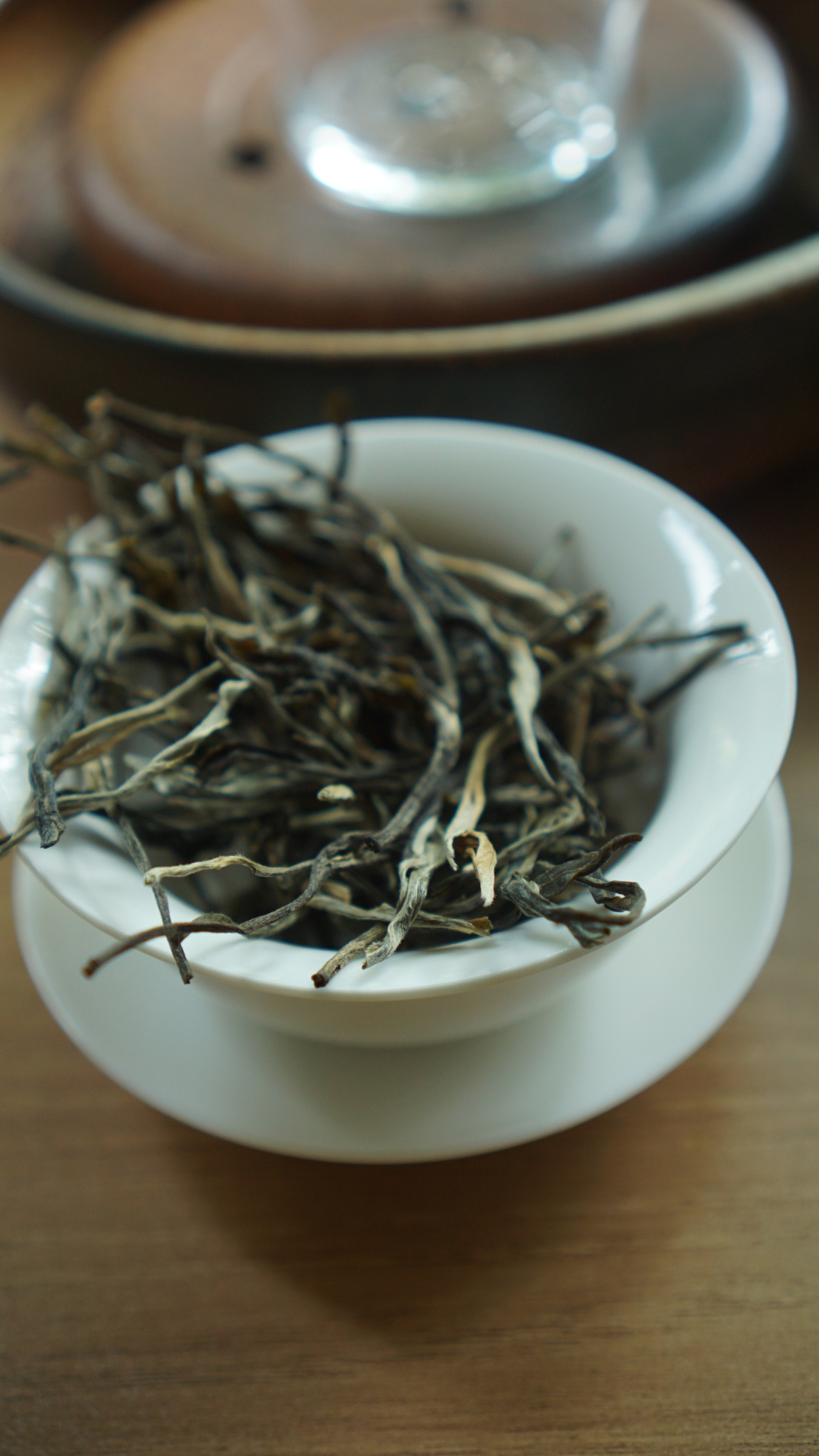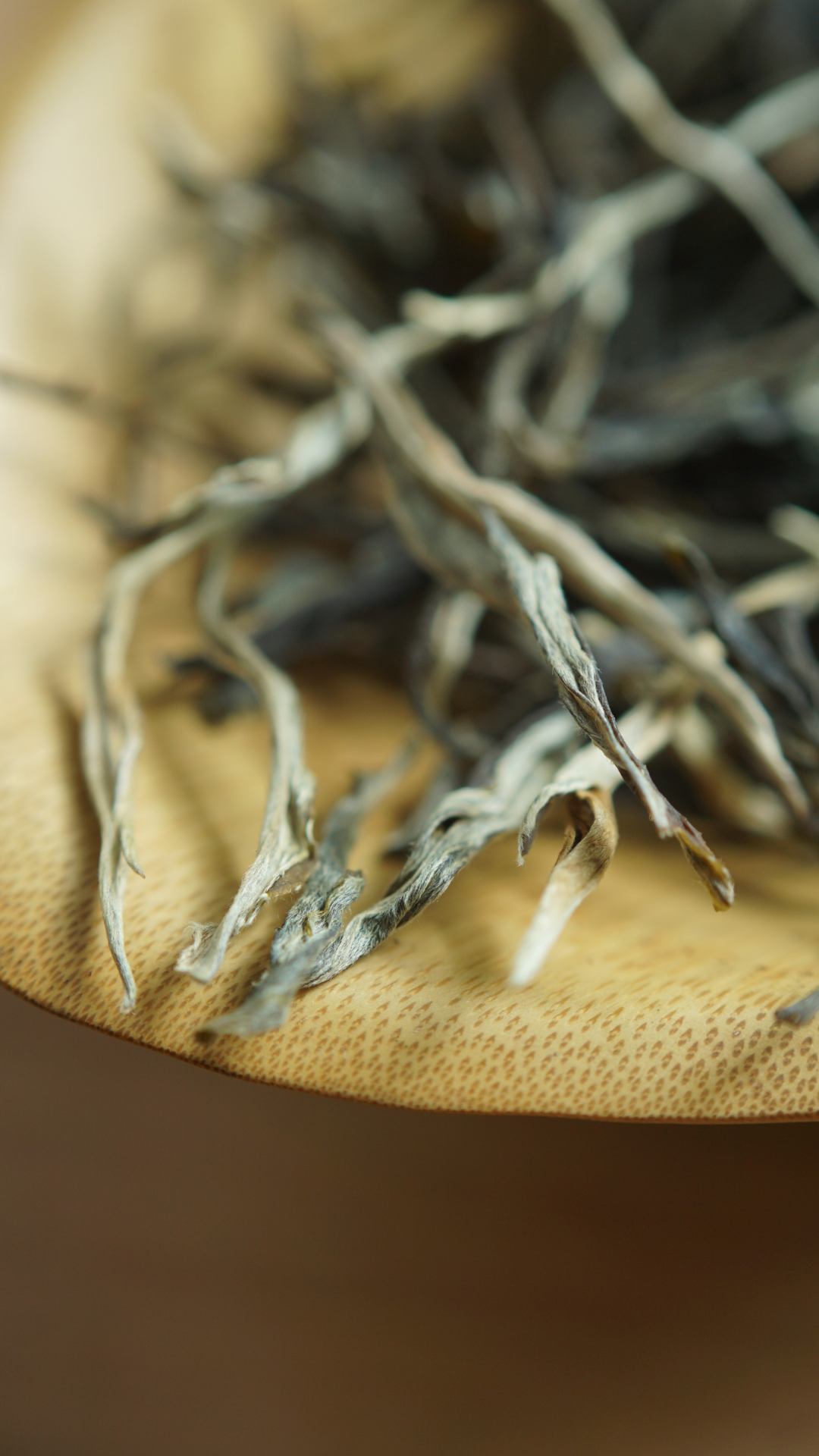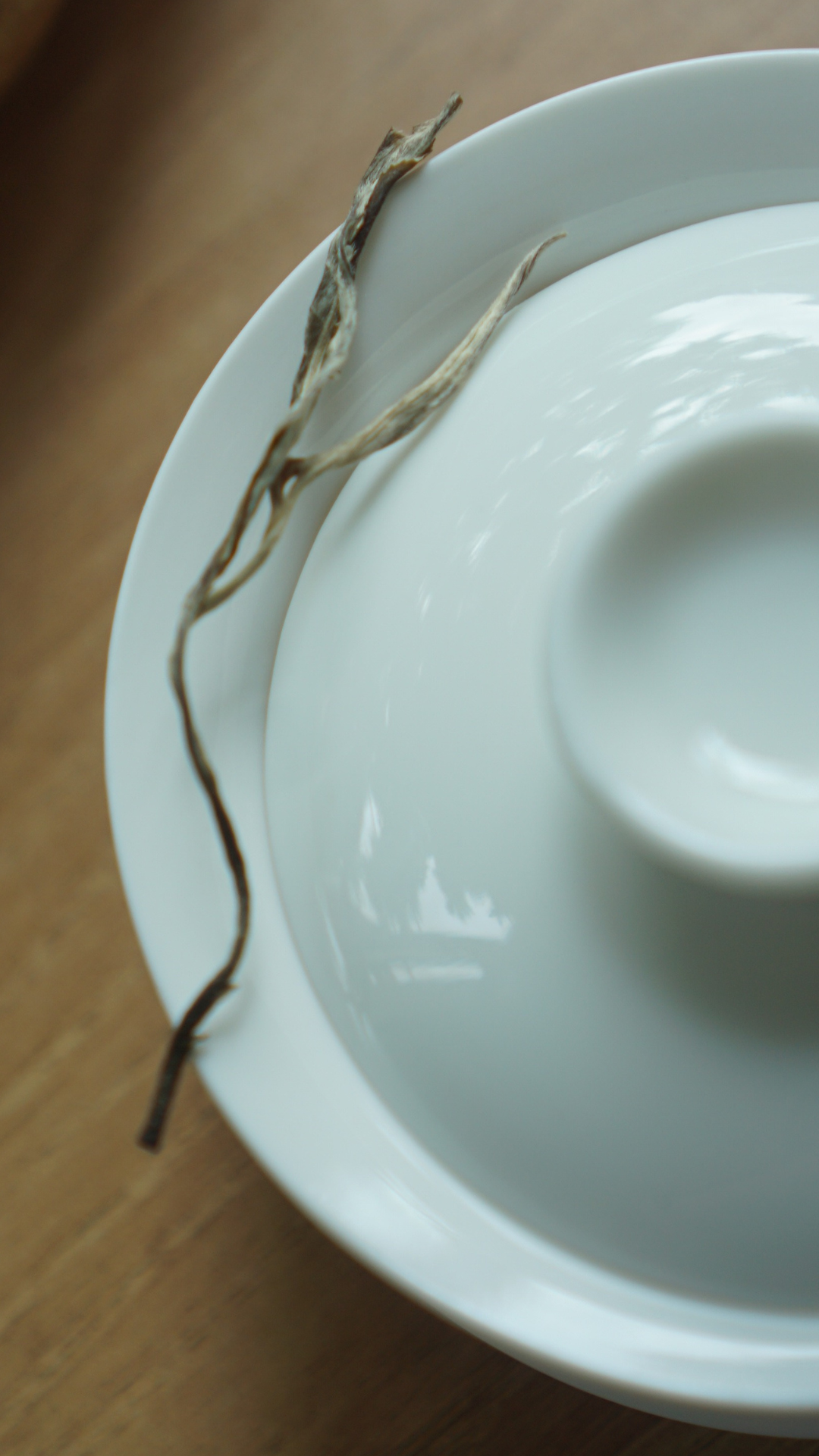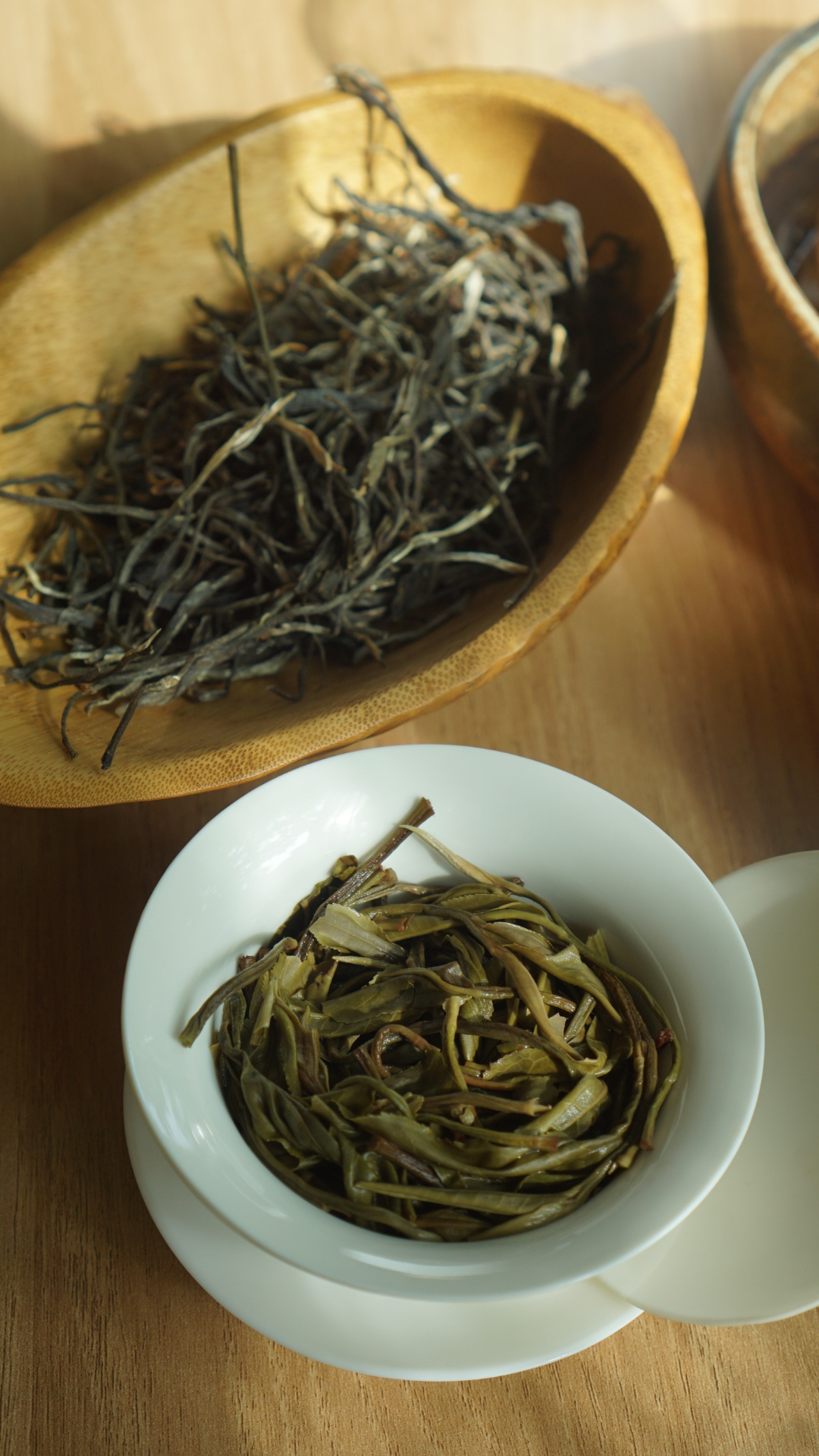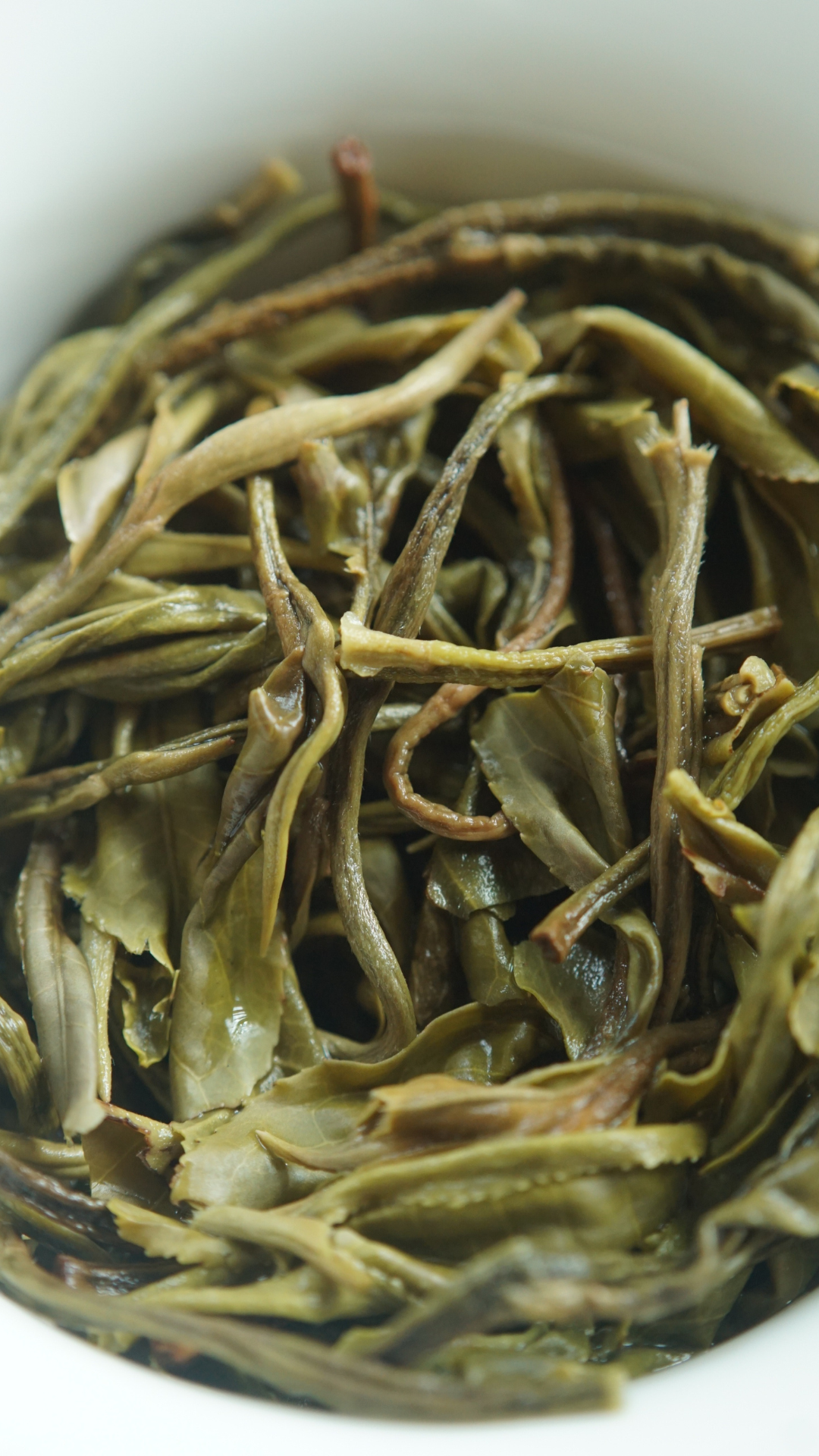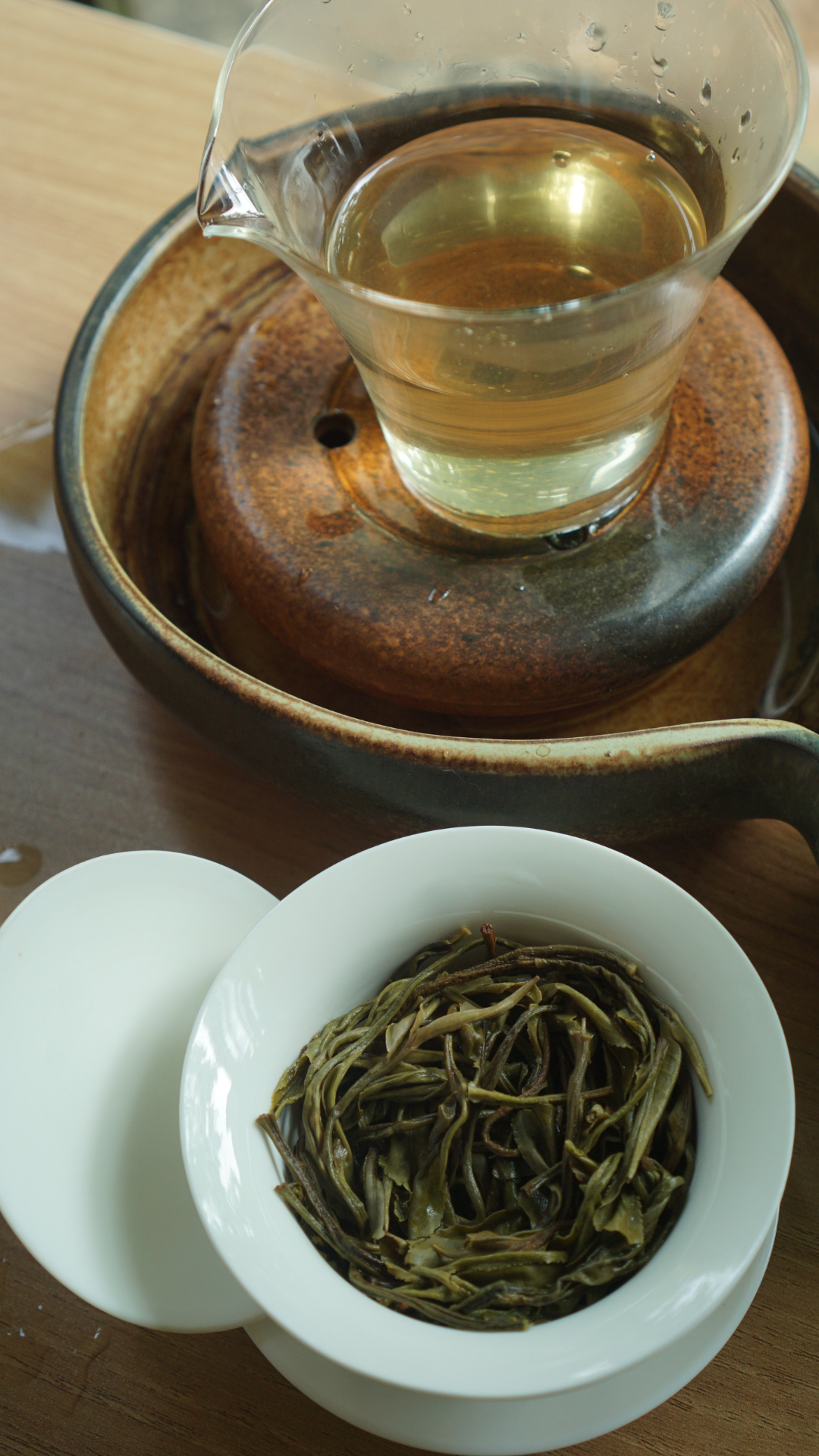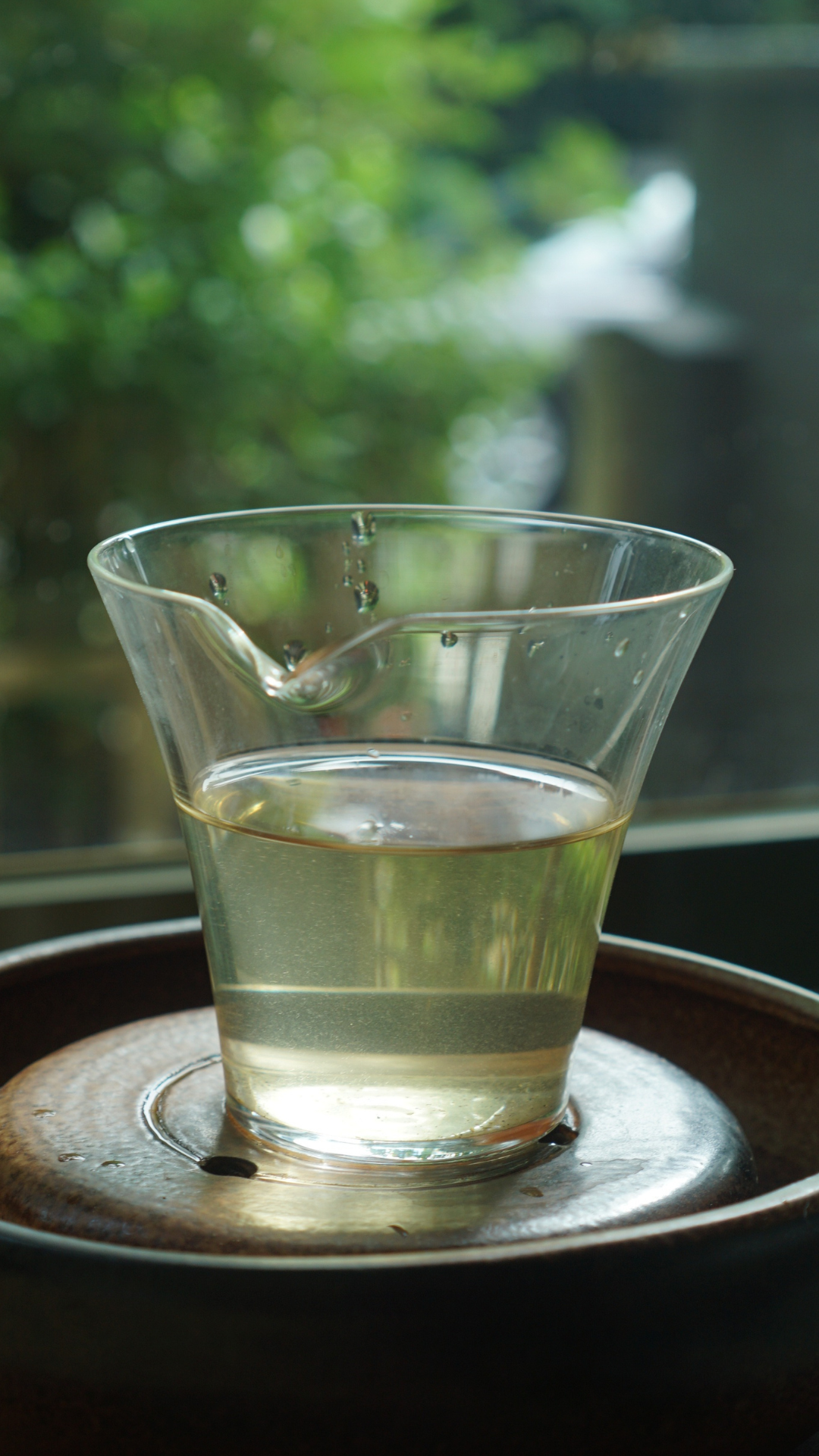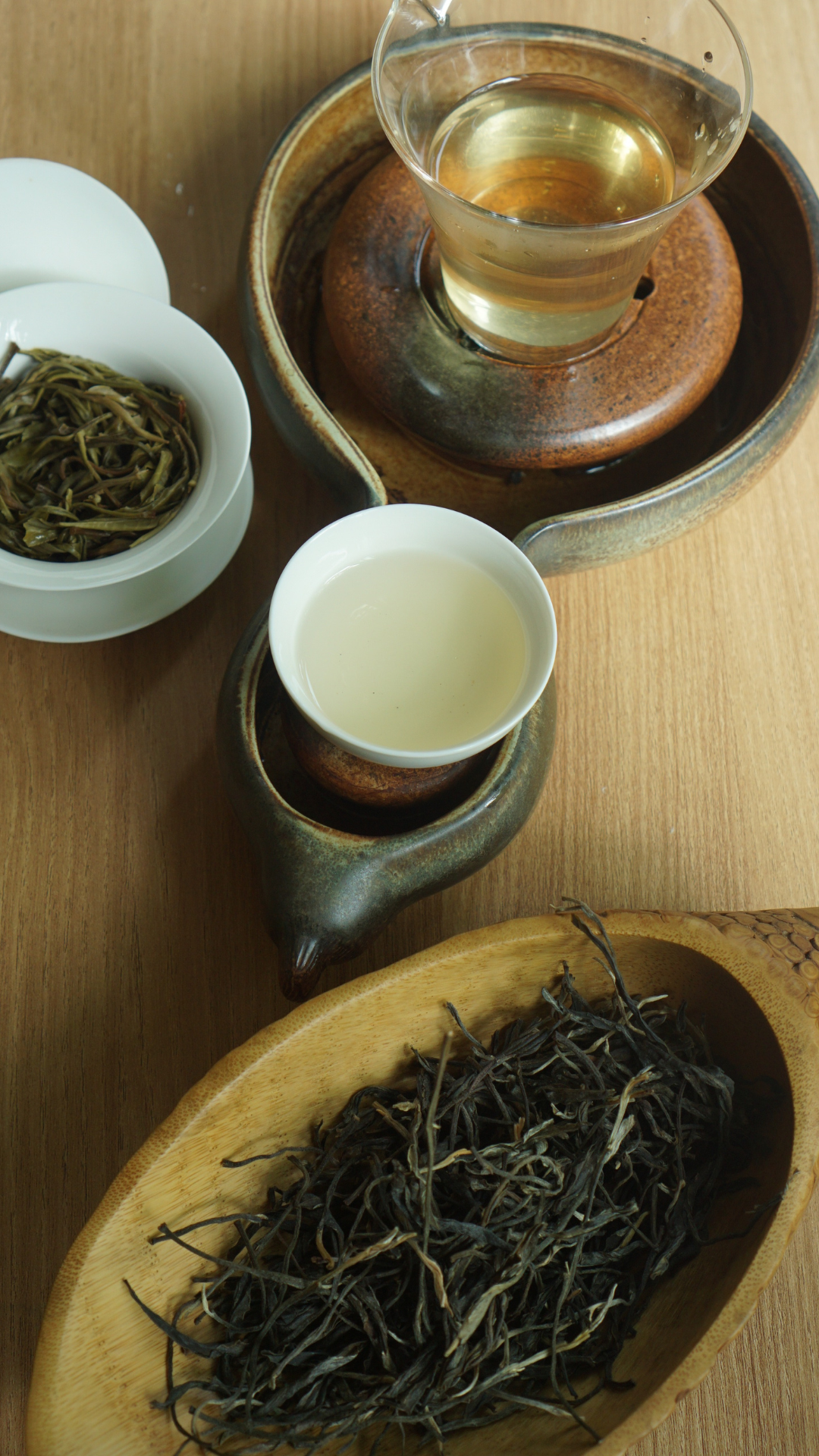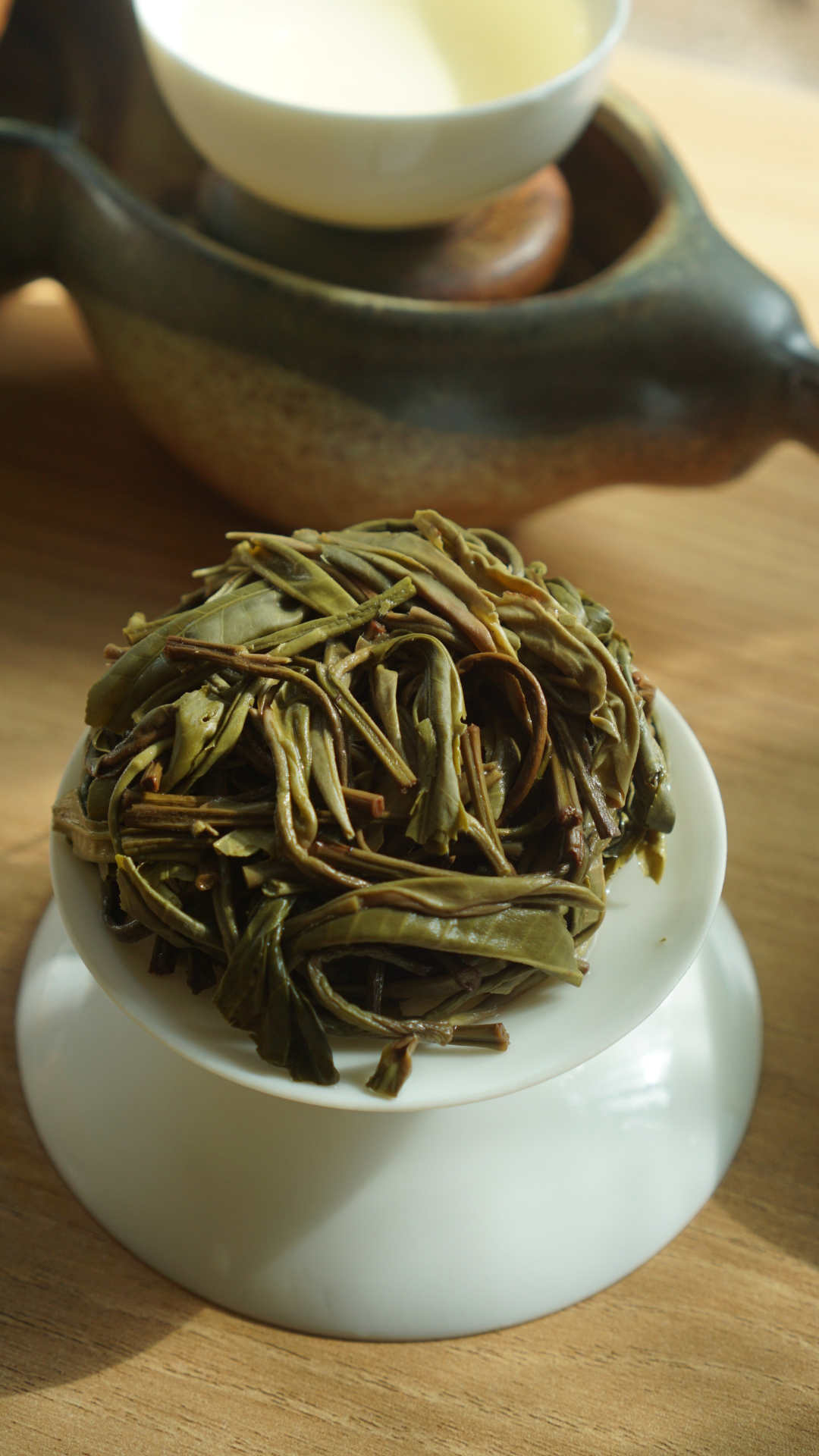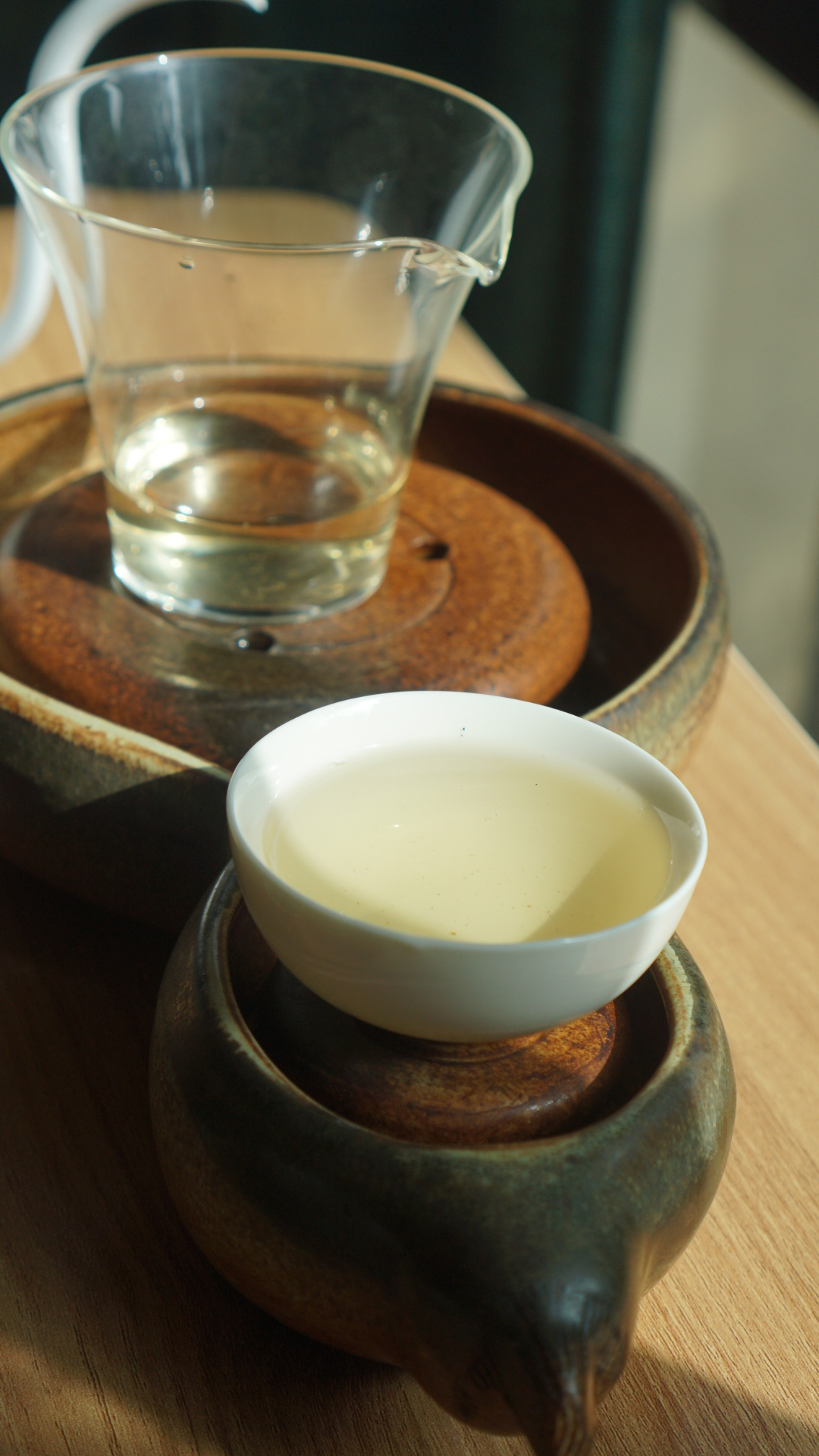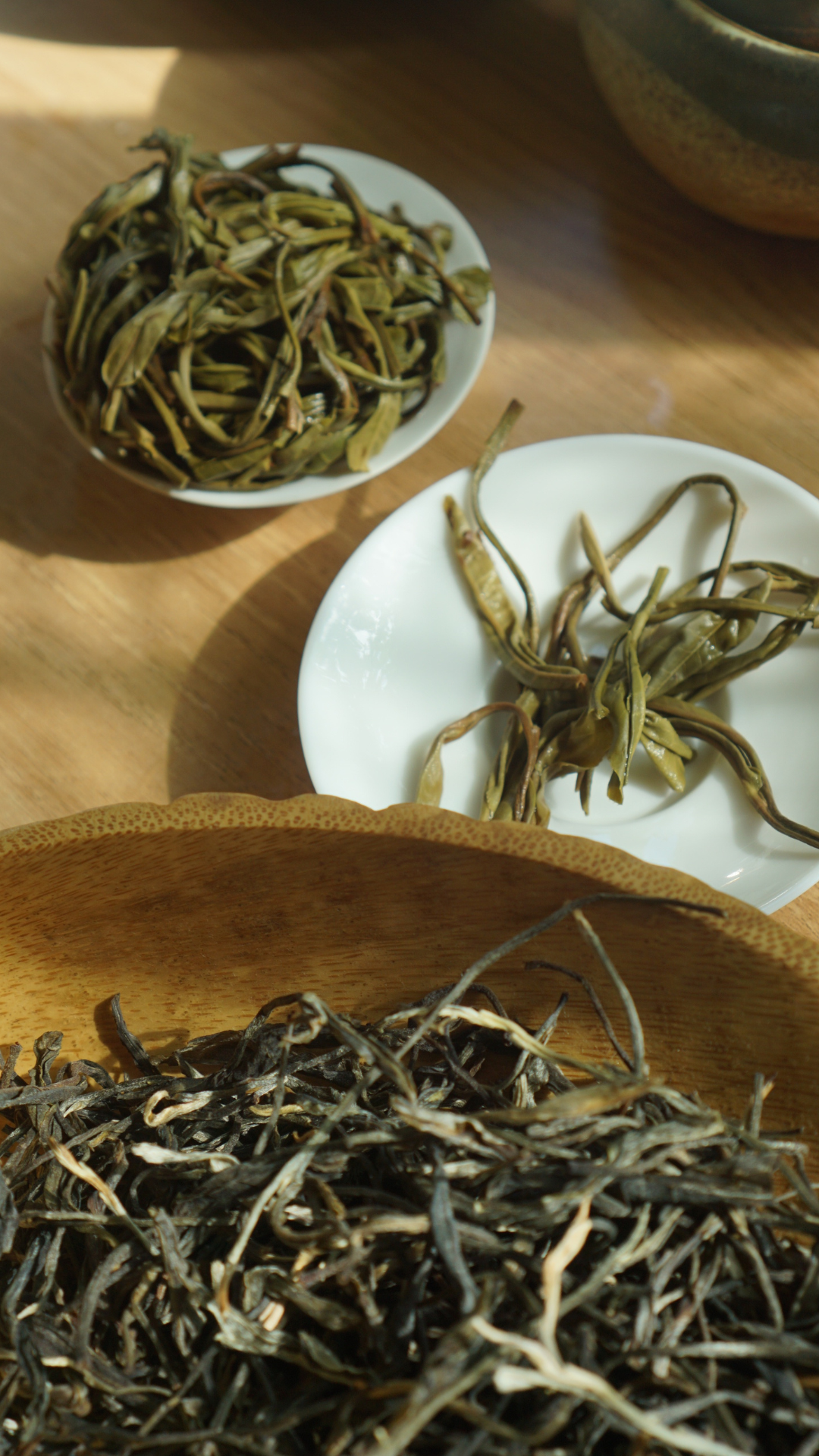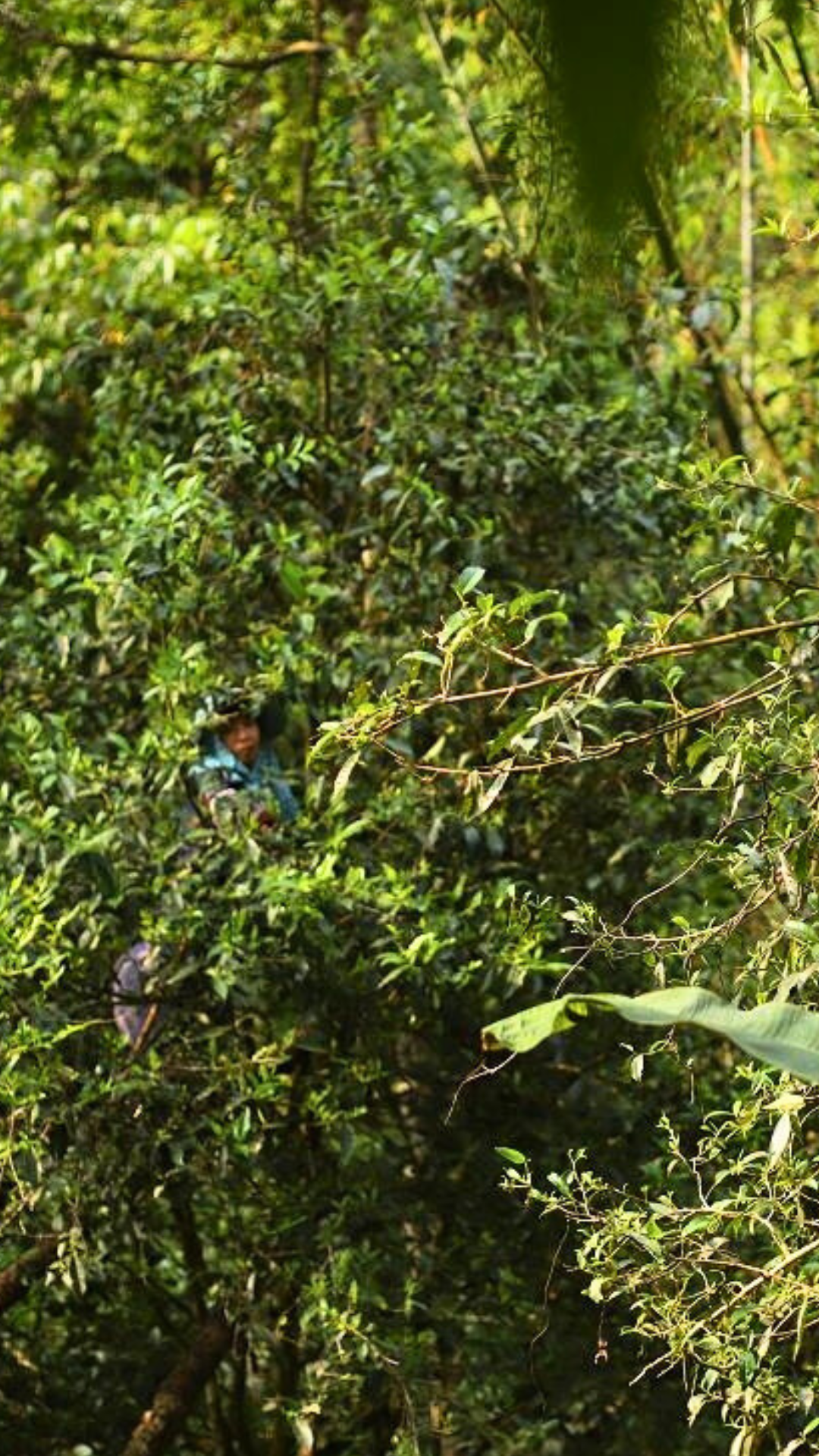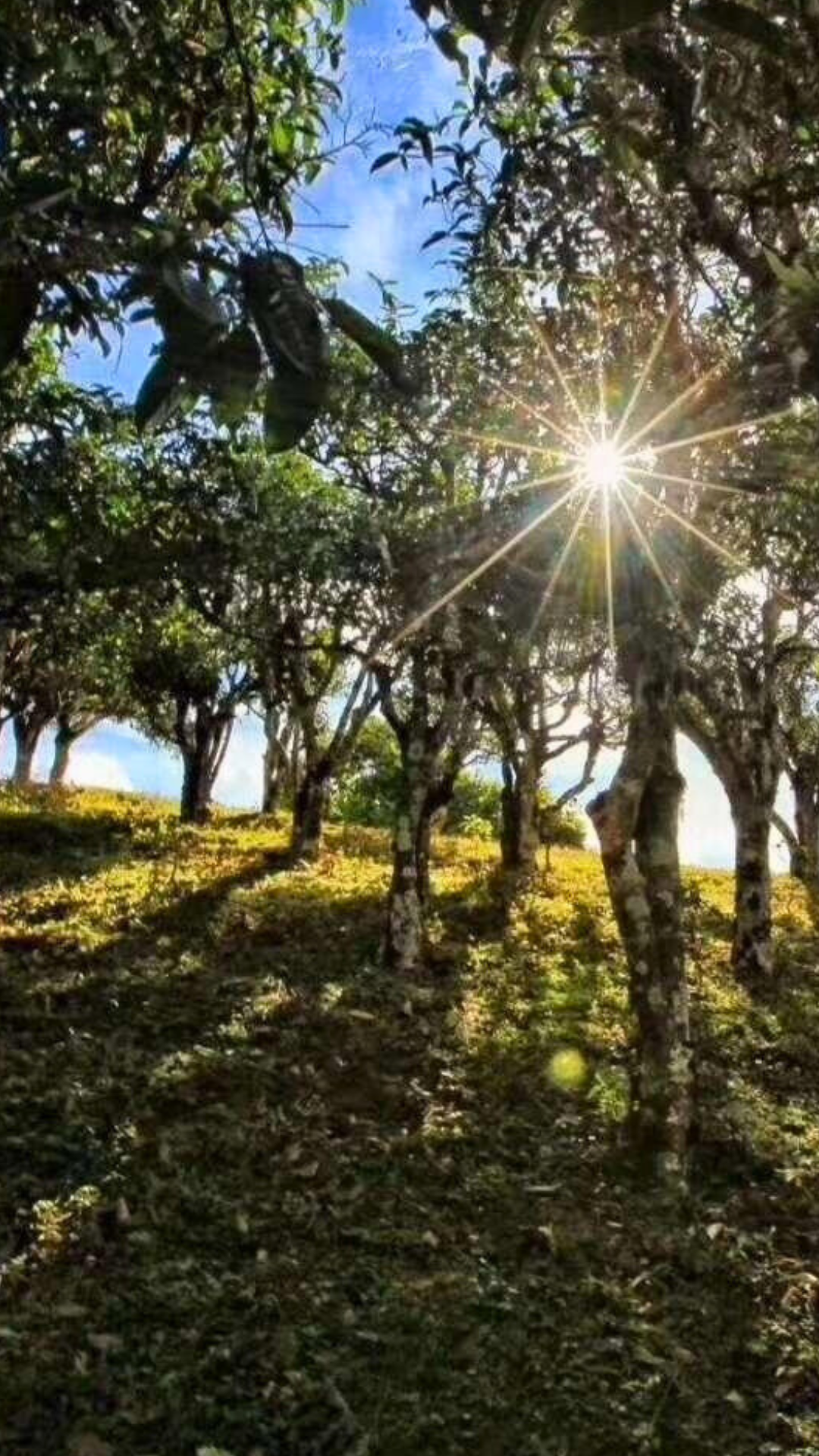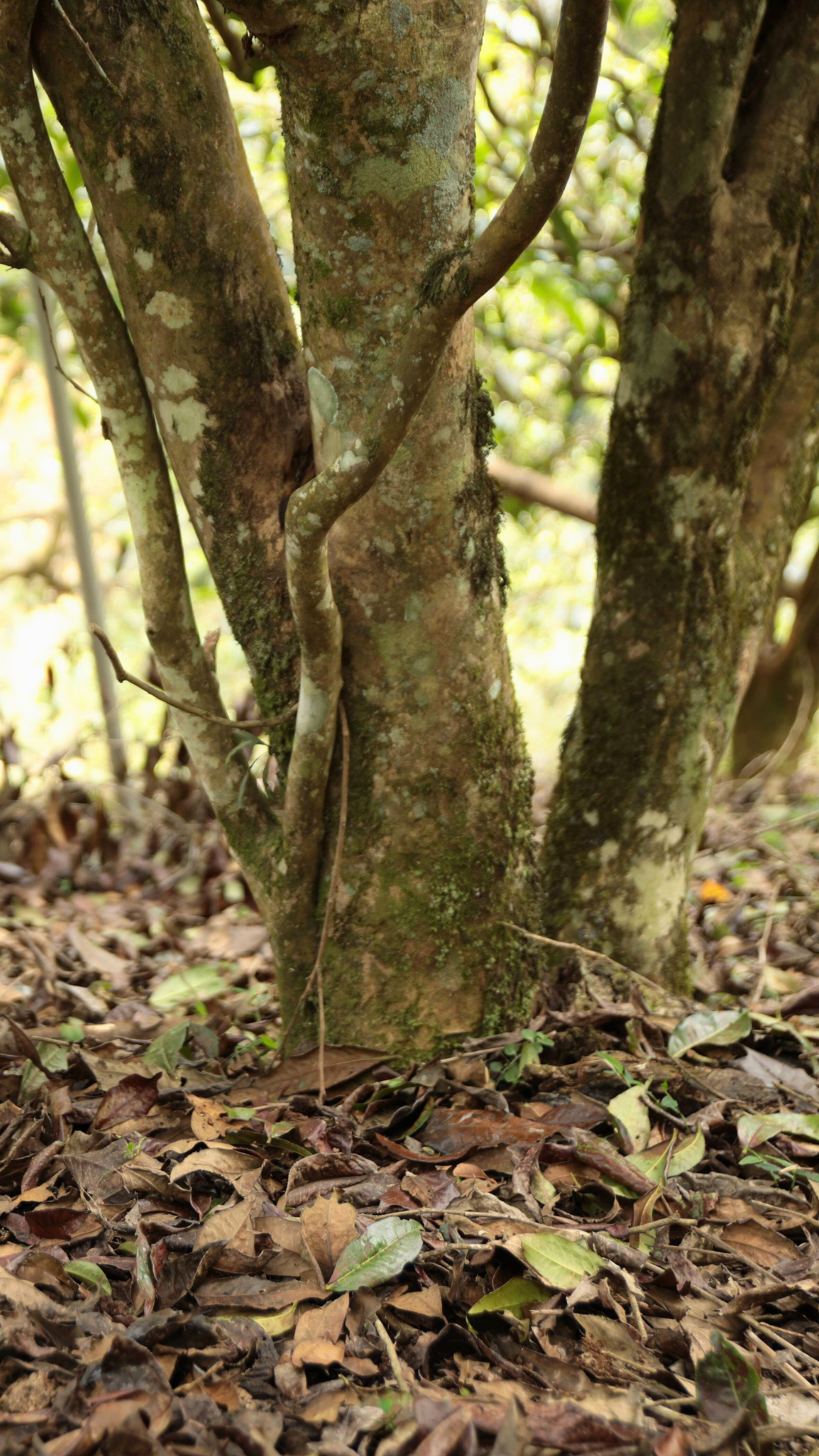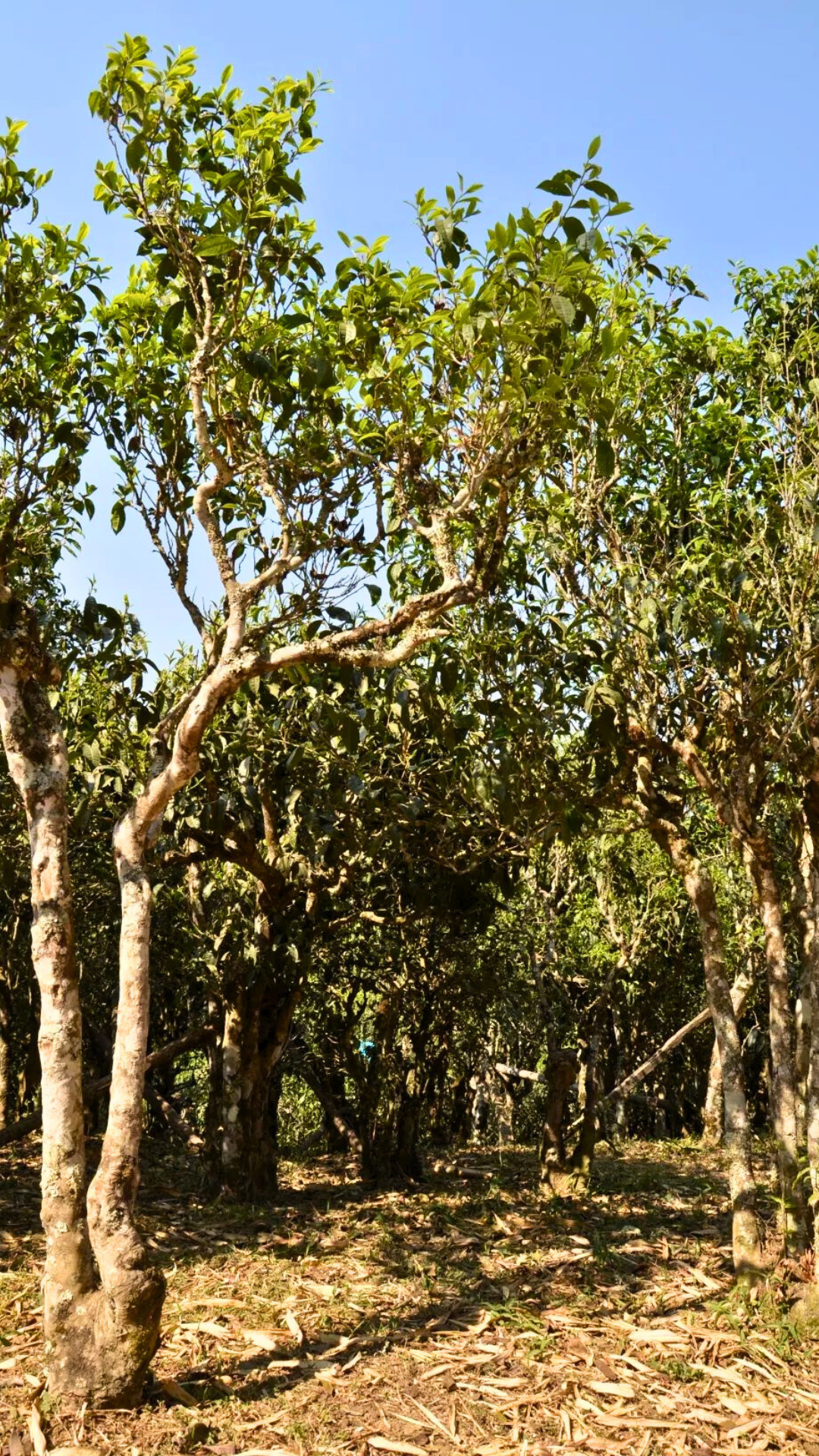Ban Zhang Ancient Tea Tree Raw Pu-erh Tea
Ban Zhang Ancient Tea Tree Raw Pu-erh Tea
班章古树普洱生茶
This Ban Zhang ancient tree raw Pu-erh tea(班章古树普洱生茶) is handmade in the workshop of my long-time friend, Lao Chen. His family has been making tea for generations, with extensive experience.
Due to the limited production, their tea is usually pre-ordered a year in advance by trusted tea merchants and friends. As a result, the tea's ingredients are carefully selected and consist of ancient tree buds and leaves picked during the first flush of spring (usually one bud with 2-3 leaves). The raw materials are harvested by local people temporarily hired by Lao Chen during the picking season.
This tea is only picked once a year in early spring, with a very small annual yield of just two to three hundred kilograms per variety. Not every year can the tea be ordered successfully, and our own stock is also very limited.
For those who like raw pu-erh tea, it’s a good idea to purchase some to store for gradual consumption. Raw pu-erh tea doesn’t need to be rushed; the longer it ages, the better its aroma becomes, with noticeable changes and improvements to its flavor each year, which makes it very interesting.
The Ban Zhang village (班章村) committee is located in the heart of Bulang Mountai(布朗山) in Menghai County(勐海县). The entire natural village lies within a tropical forest. The village committee comprises five natural villages. Thanks to its unique natural environment and climatic conditions, Ban Zhang tea is known for its thick and robust tea leaves, with a pure and captivating aroma. The tea carries the essence of the primeval forest, making you feel as though you’re standing in the midst of a vast, remote woodland.
This year, we’ve selected this loose-leaf raw pu-erh tea from Ban Zhang’s ancient tea forests, grown in deep mountain gardens at an altitude of around 1,600 meters. Lao Chen signed a 10-year picking and management contract with Ban Zhang's village committee.
The ancient tea trees are located in a very remote and scarcely visited micro-region, with an estimated annual yield of only 250 kilograms of dried tea. This area is strictly limited to spring tea harvesting, protecting the ancient tea tree region from over-harvesting and resource depletion.
The fresh leaves of this Ban Zhang raw tea represent the classic large-leaf tea variety from Xishuangbanna(西双版纳), Yunnan. The fresh leaves are thick and fleshy, with strong elasticity, and the buds are covered with abundant, plump white hairs.
The dried tea leaves have clearly visible strands, with robust buds covered in dense white hairs, giving them a silvery bud-like appearance. The aroma is bold, prominent, and exudes the essence of deep mountain wilderness along with lingering floral notes.
After brewing, the liquor is a bright orange-yellow, characteristic of first flush tea: clean, clear, and luminous, with a strong orchid fragrance. Upon the first taste, it is slightly bitter, but the sweetness quickly follows, leaving an intense and long-lasting aftertaste.
The tea is full-bodied and vigorous, with a distinctive floral honey fragrance and a prominent orchid aroma. The infused leaves are tender, yellow-green, and exhibit resilience and elasticity.
This Ban Zhang raw Pu’er tea is this year’s first flush, with a relatively wild character. If stored for another 2-3 years, its taste will improve significantly, becoming smoother and more mellow.
💡This tea is quite strong, so it’s recommended to use boiling water for brewing, maintaining the water temperature above 95 degrees Celsius. For the first 10 infusions, it’s best not to steep for more than 10 seconds—especially for the first 3 steeps, where you should pour out the liquor within 2-3 seconds. Make sure there’s no residual tea liquor left in the gaiwan or teapot after each infusion, drinking all the tea in your cup before continuing to brew. Otherwise, the tea may taste too bitter.
⚠️ Avoid drinking this tea on an empty stomach, as it may cause “tea drunkenness” and be too stimulating for the stomach, especially sensitive ones. It’s recommended to pair the tea with some snacks.
📝 Check out this link to read my thoughts on tasting this Ban Zhang ancient tea tree raw Pu-erh tea.
Picking and Processing
Picking and Processing
Raw Pu'er tea is made from fresh leaves of the Yunnan large-leaf tea trees that grow in the environment conditions suitable for Pu'er tea production. It is processed into sun-dried green tea through processes like fixing (sha qing), rolling, and sun-drying, or further steamed and pressed into compressed tea. Its quality characteristics are: dark green appearance, clean and lasting aroma, rich taste with a sweet aftertaste, green-yellow and bright liquor, and thick yellow-green infused leaves.
The processing steps for loose raw Pu'er tea that has not undergone compression are generally as follows:
Picking
Hand-picked with one bud and two or three leaves. The leaves are withered and spread out to cool in a ventilated, sunless, and dry area, placed on bamboo mats. The time depends on the moisture content of the fresh leaves and the temperature and humidity at the time, generally more than half an hour.
Fixing (Sha Qing)
High-temperature quick fixing removes grassy flavors, evaporates some water, and facilitates shaping during rolling.
Rolling
This can be done by machine or by hand. The tea leaf cell walls are broken, allowing the tea juices to dissolve easily into the tea liquor during brewing, improving extraction rates, and shaping the leaves into strips.
Sun-drying
The rolled tea leaves are naturally sun-dried under sunlight, preserving the organic compounds and active substances in the tea to the greatest extent. Sun-dried green tea retains the essence and original flavor of the tea leaves.
The following are the subsequent processing steps for compressed raw Pu'er tea (e.g., tea cakes, Tuocha, etc.):
Molding
The sun-dried raw tea undergoes refinement processes such as sifting and cutting to create raw materials for various forms of compressed tea.
Higher-grade young leaves are not used for compressed tea. Generally, grades 1–3 are sold as loose tea, grades 5–9 are pressed into cakes, and grades below 9 are made into brick tea.
Steaming and Pressing
The prepared tea materials are softened with steam, then pressed into different shapes using various molds.
Drying
Dried in drying rooms at low temperatures. Generally, Pu'er tea requires a moisture content of less than 10%.
Brewing
Brewing
Loose-leaf raw Pu-erh tea is mainly divided into two categories: new tea and aged tea, with aged tea generally consisting of mid-aged tea.
Sun-dried pu-erh loose-lef tea in the new tea stage, such as tea stored for about 1 to 4 years, is characterized by a prominent fragrance and a fresh, brisk taste in the tea liquor. Especially for new tea from the current year, some leaves may still have a slight raw taste, but this will diminish or disappear as it ages and transforms during storage.

When brewing new raw tea, it is recommended to use a gaiwan. Opt for one with a slightly larger capacity, such as around 150 milliliters, or use slightly fewer tea leaves. This allows the tea leaves more space to unfold, enabling the flavors of the tea liquor to be better infused.
The water temperature can be just-boiled water, allowed to sit for a few seconds before pouring. Pour water in using a steady high stream, which helps to better release the tea's fragrance. After pouring, for the first few brews, there is no need for steeping time—pour the water and decant it immediately. As the number of brews increases, you can slightly extend the steeping time, which helps achieve a more balanced flavor and taste in the tea liquor.
Throughout the brewing process, it's advisable to leave the lid slightly open, as the taste of new tea is primarily fresh and fragrant. Leaving the lid open prevents the tea leaves from becoming stewed, thereby enhancing the fragrance and flavor of the tea liquor.

For loose raw Pu-erh materials that have been aged for a slightly longer period, such as 5 to 8 years or more, the taste is markedly different from new tea. The aroma is predominantly honey-like, and the tea liquor has a richer and smoother taste.
To better showcase the honey fragrance and the rich, mellow flavor of the tea liquor, it is recommended to use a Yixing clay teapot for brewing. You can directly use boiling water to brew aged loose-leaf tea stored for about 5 to 8 years. Use a steady high pour to better enhance the fragrance of the tea liquor.
During the brewing process, leave the teapot lid slightly ajar at the spout to allow the tea leaves to breathe.
Raw Pu-erh Tea Storage
Raw Pu-erh Tea Storage
Storage Environment for Loose Leaf Raw Pu'er Tea:
Methods for Storing Loose Leaf Pu’er Tea:

First, clean the purple clay container thoroughly. Once the container is dry, you can store the loose-leaf Pu'er tea in it.
Note that although purple clay containers are excellent at blocking light and resisting moisture, it is still recommended to keep them away from light to avoid excessive heating due to sunlight. Additionally, due to the microporous nature of purple clay, care must be taken to ensure the storage environment is odor-free.

Choose cardboard boxes with adequate thickness and durability. First, pack the loose-leaf Pu'er tea in clean, food-grade plastic bags or aluminum foil bags, and then place them inside the cardboard box for storage.
Do not place cardboard boxes directly on the ground, as they can absorb moisture from the floor. It is best to place them on shelves or inside cabinets.
Avoid direct sunlight.
Do not store cardboard boxes in kitchens, dining areas, or other environments with complex odors.
Properly stored loose-leaf raw Pu'er tea can be preserved for ten years or even longer. The longer it is stored, the better its flavor will become, becoming smoother and richer over time.
- Loose Pu-erh Tea
- 500g/pouch
- Free Shipping
Couldn't load pickup availability
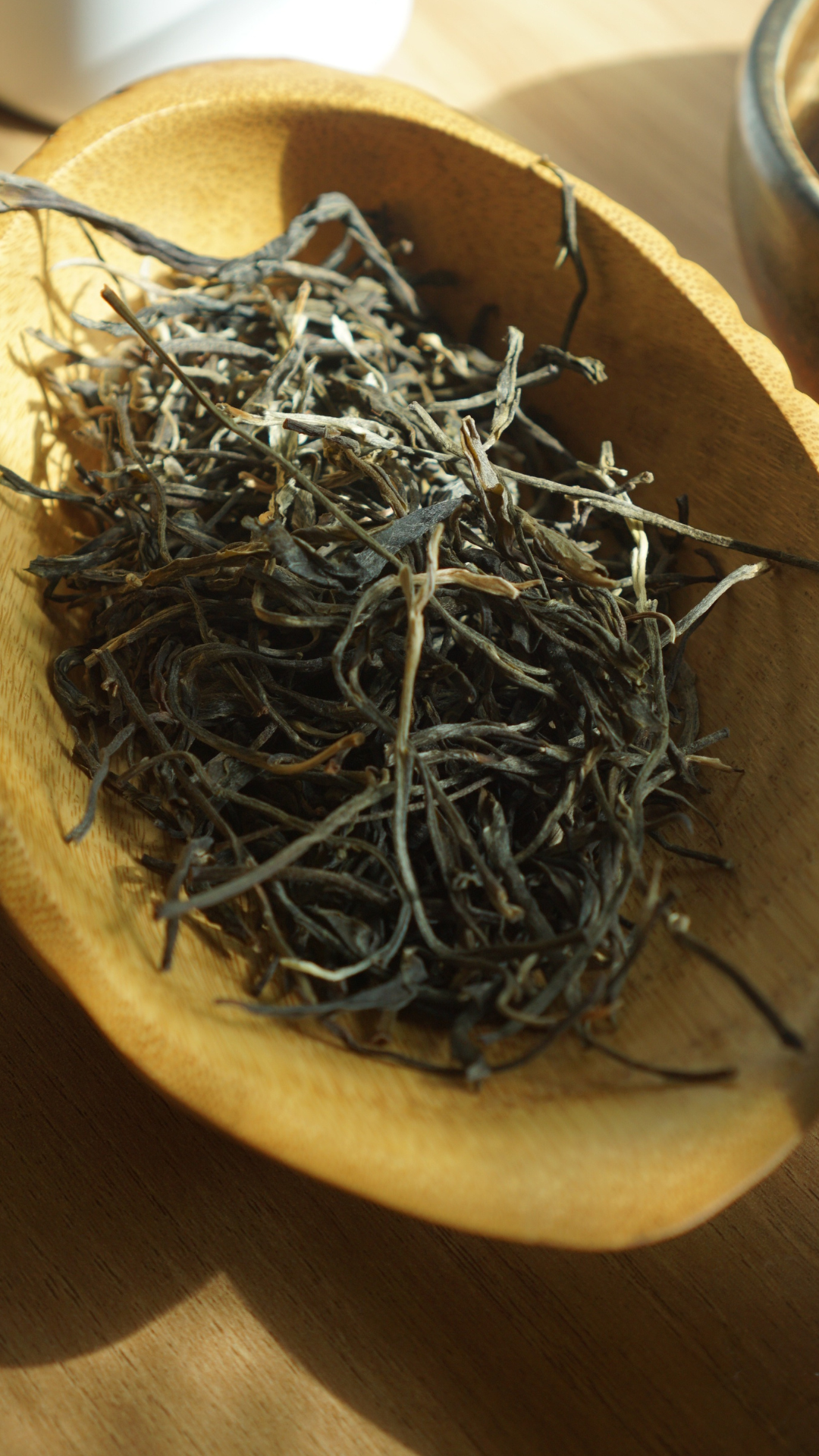
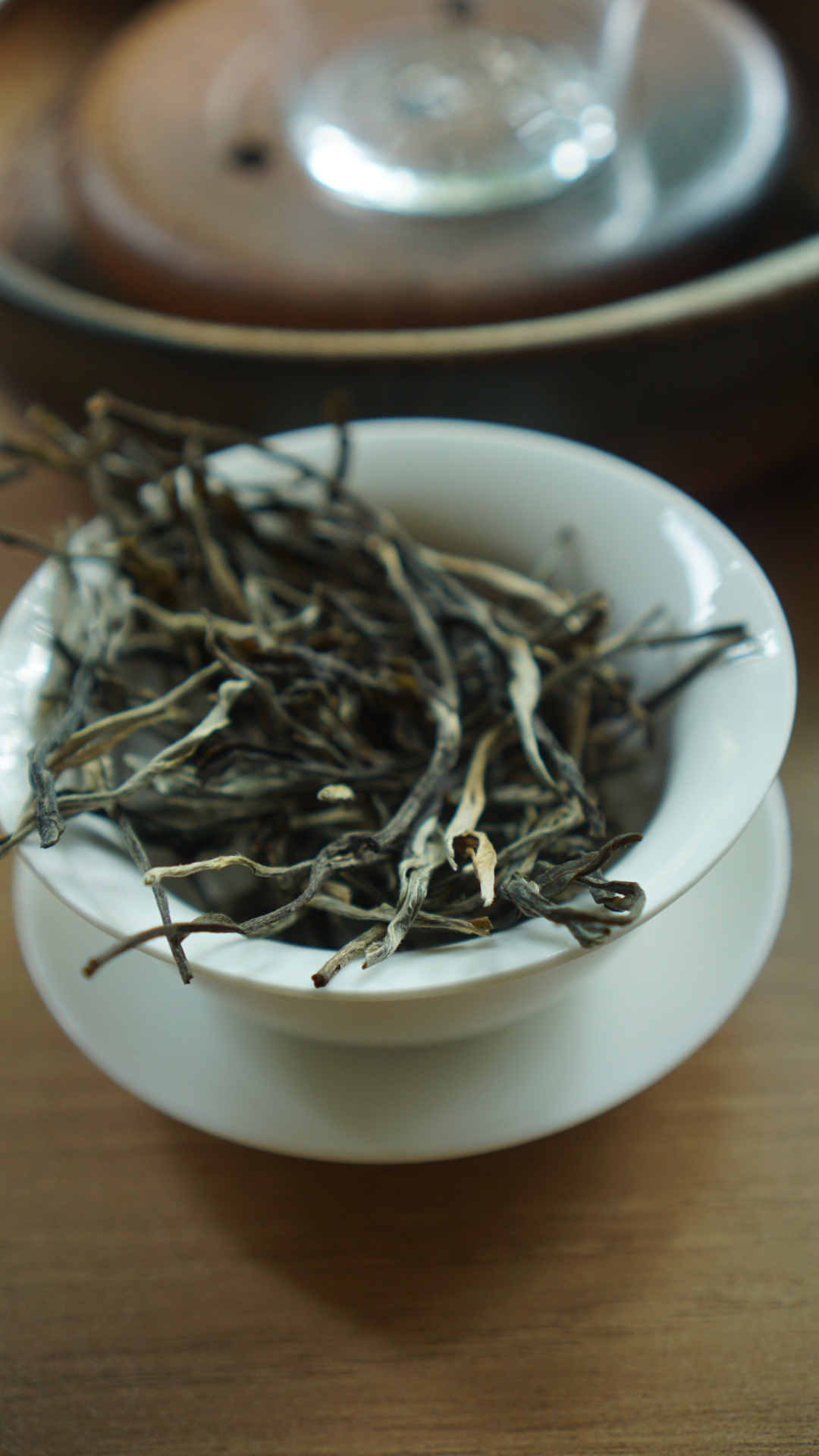
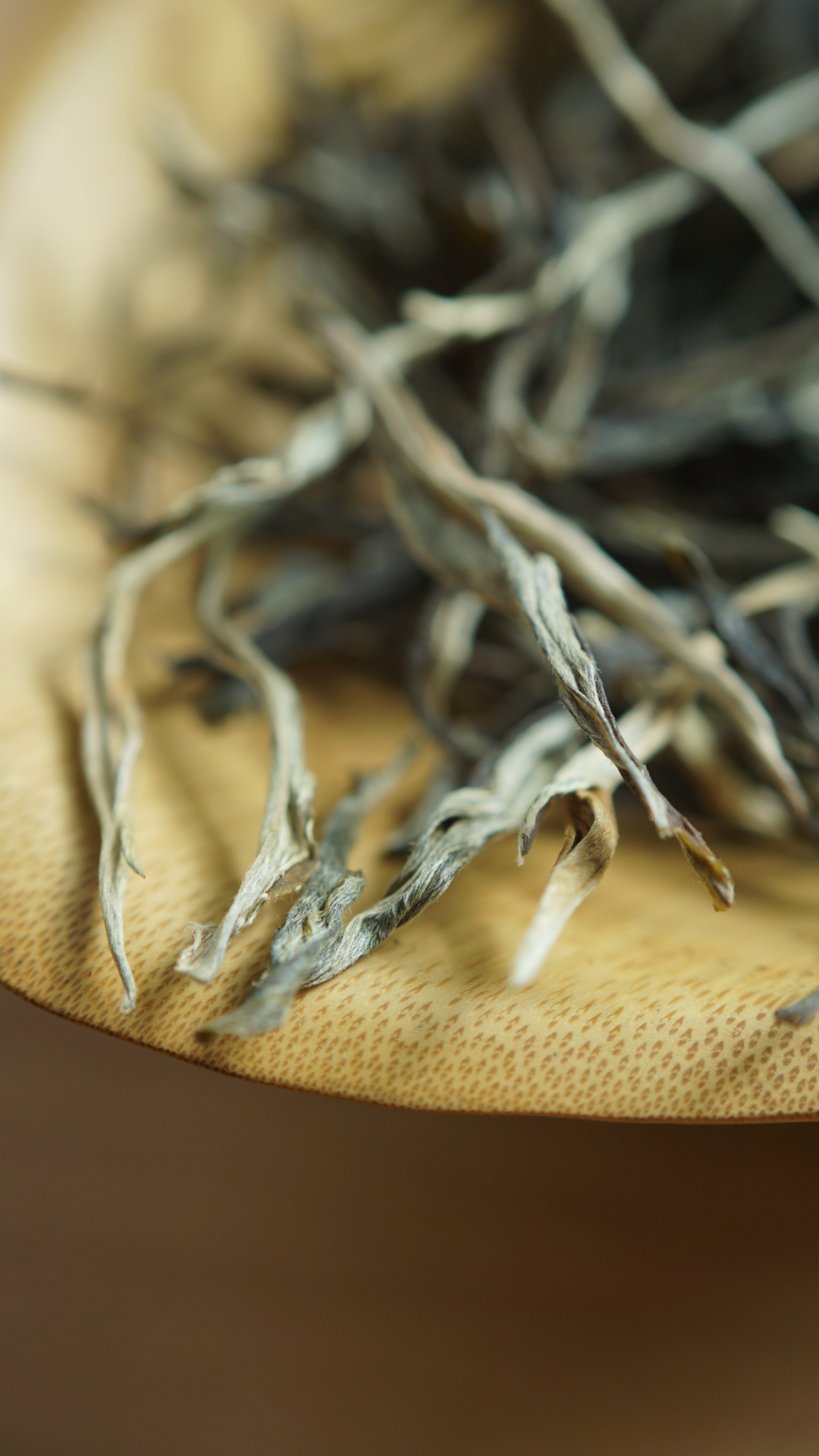
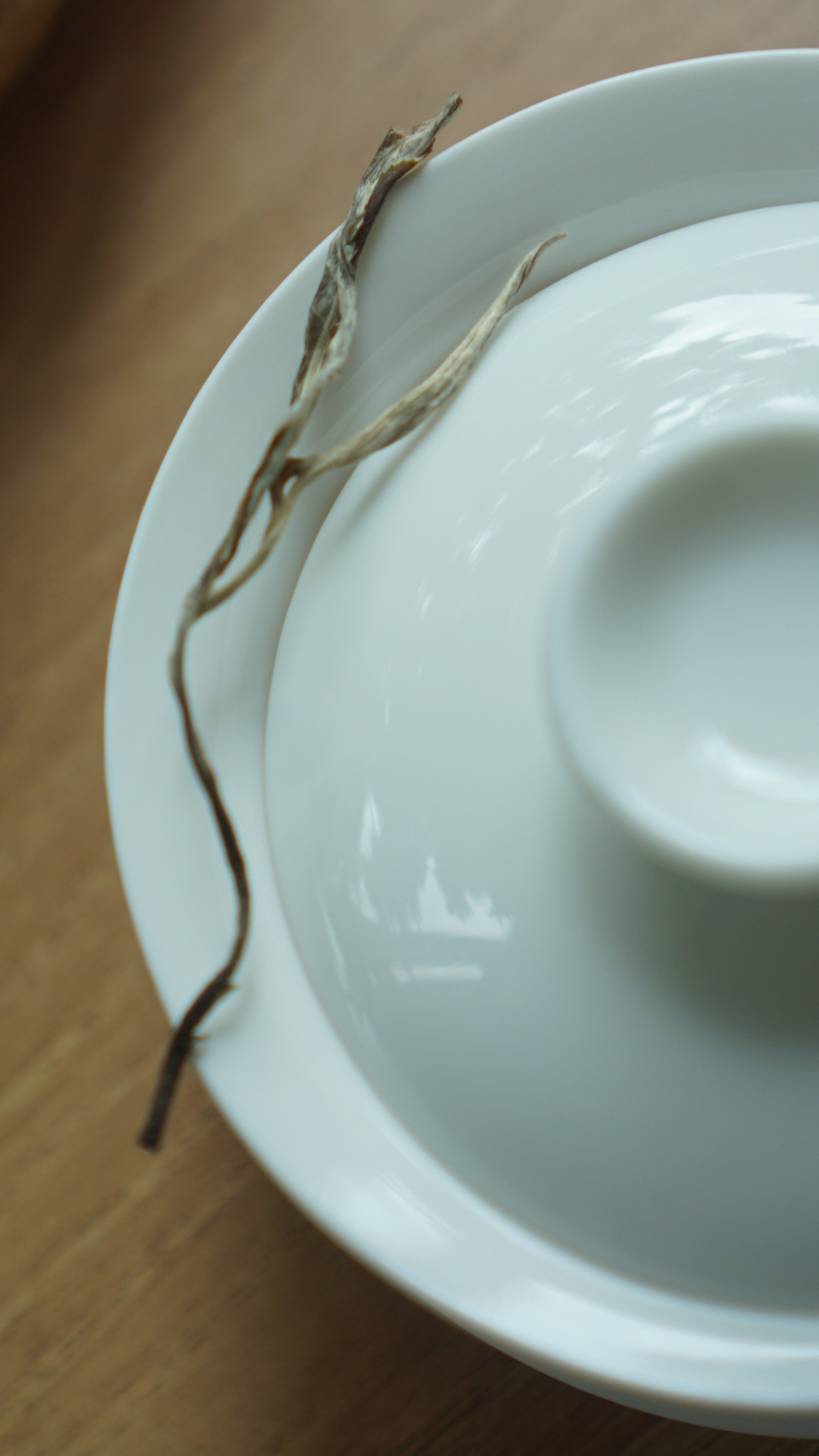
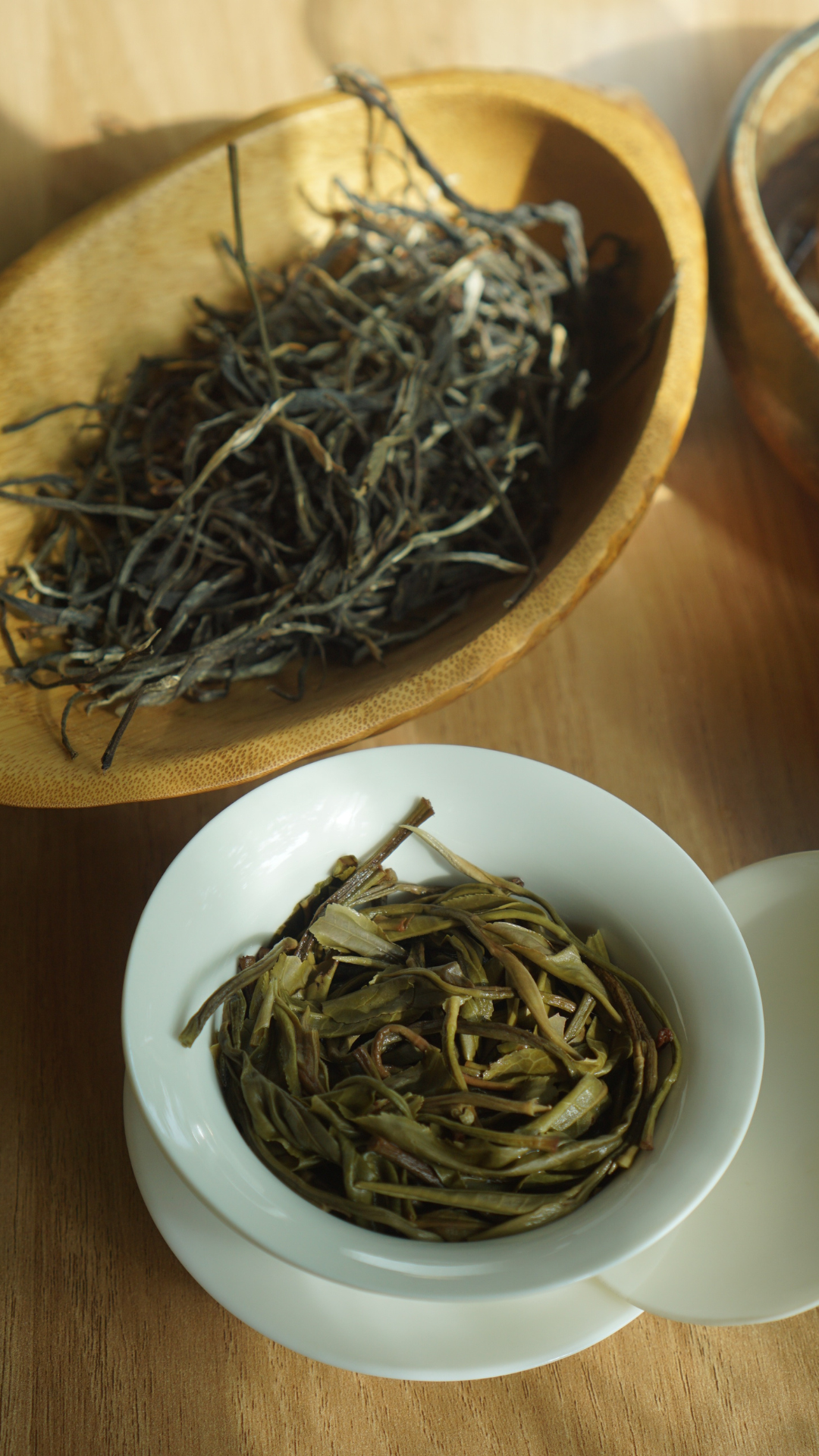
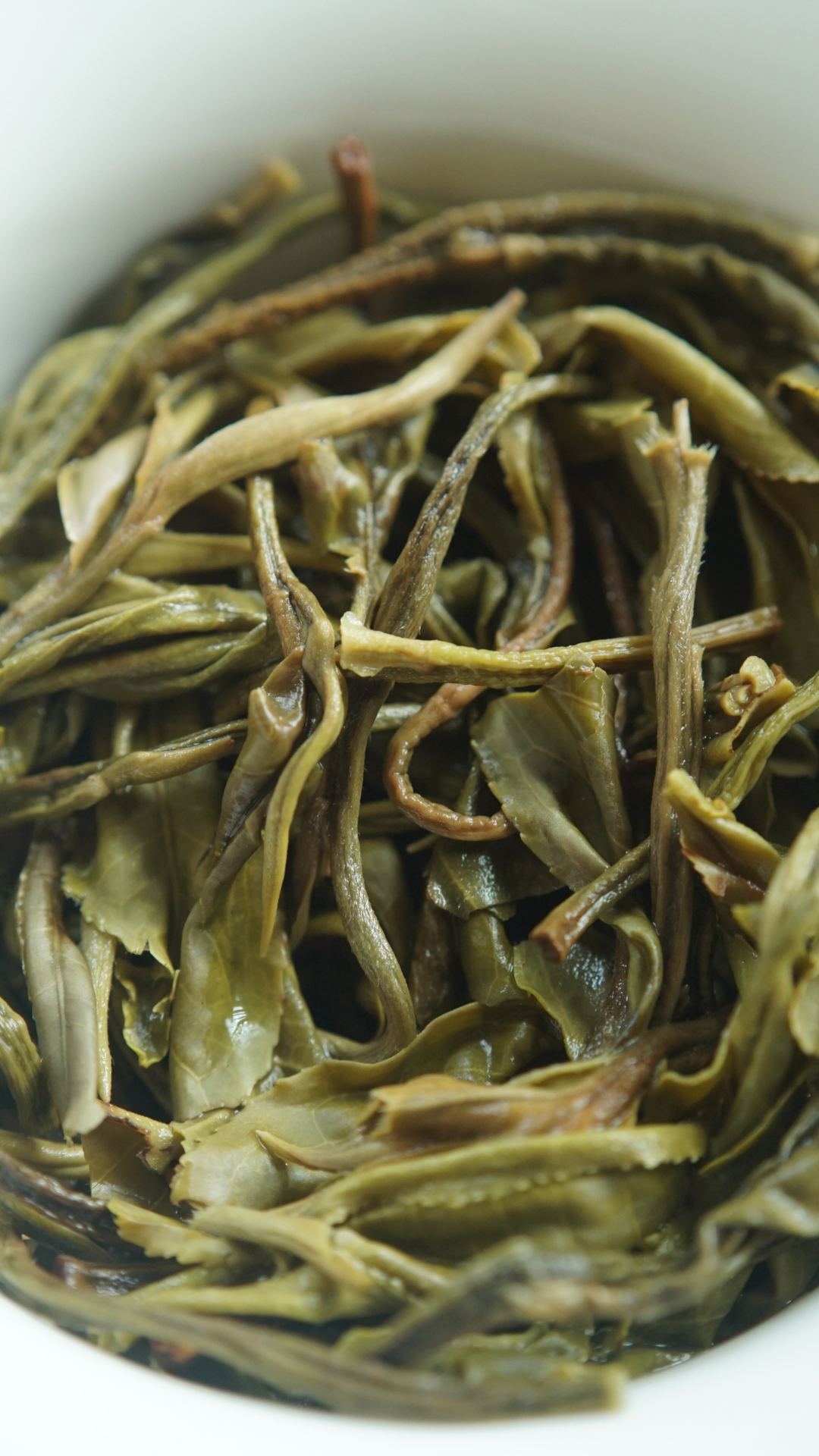
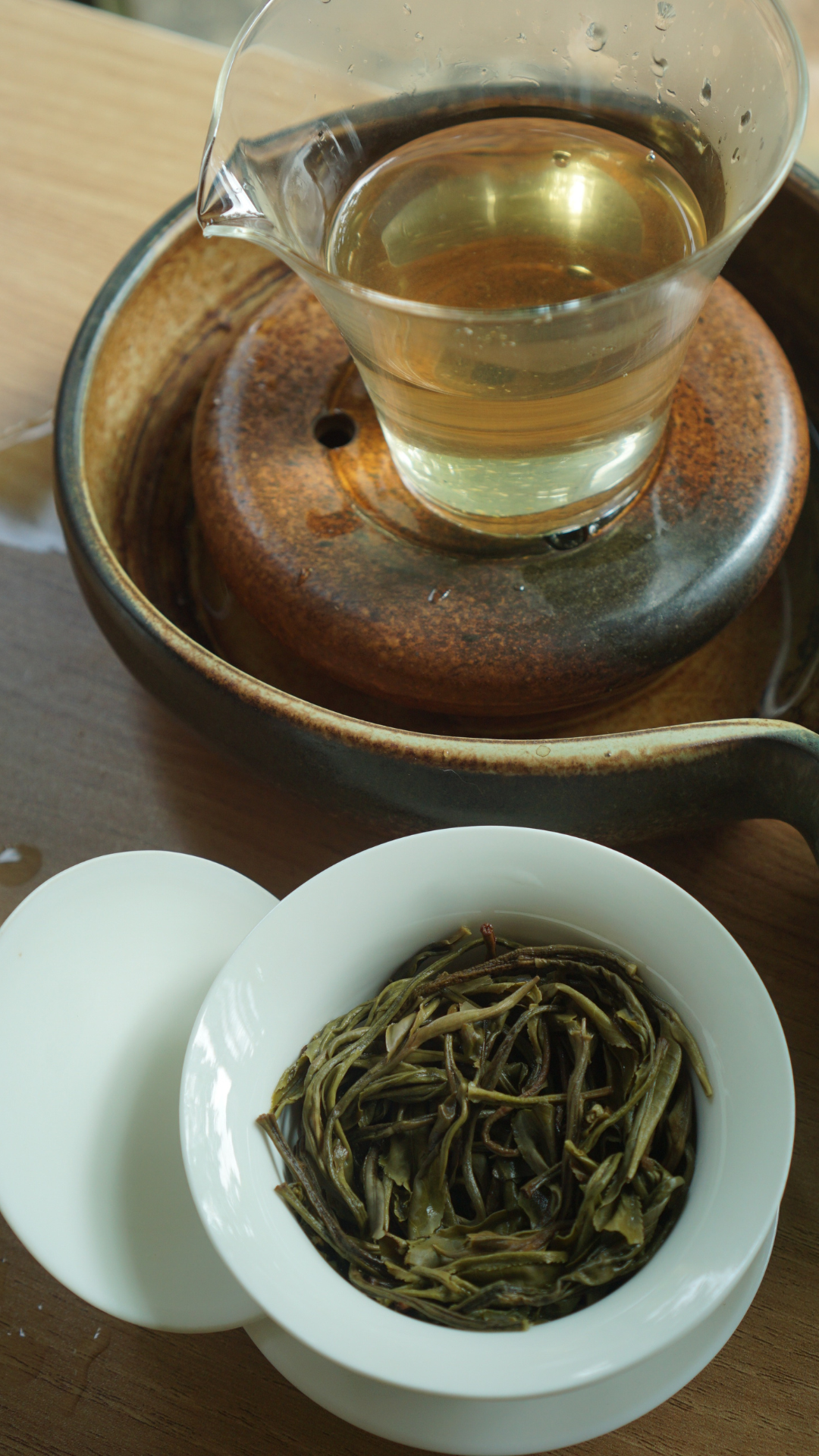
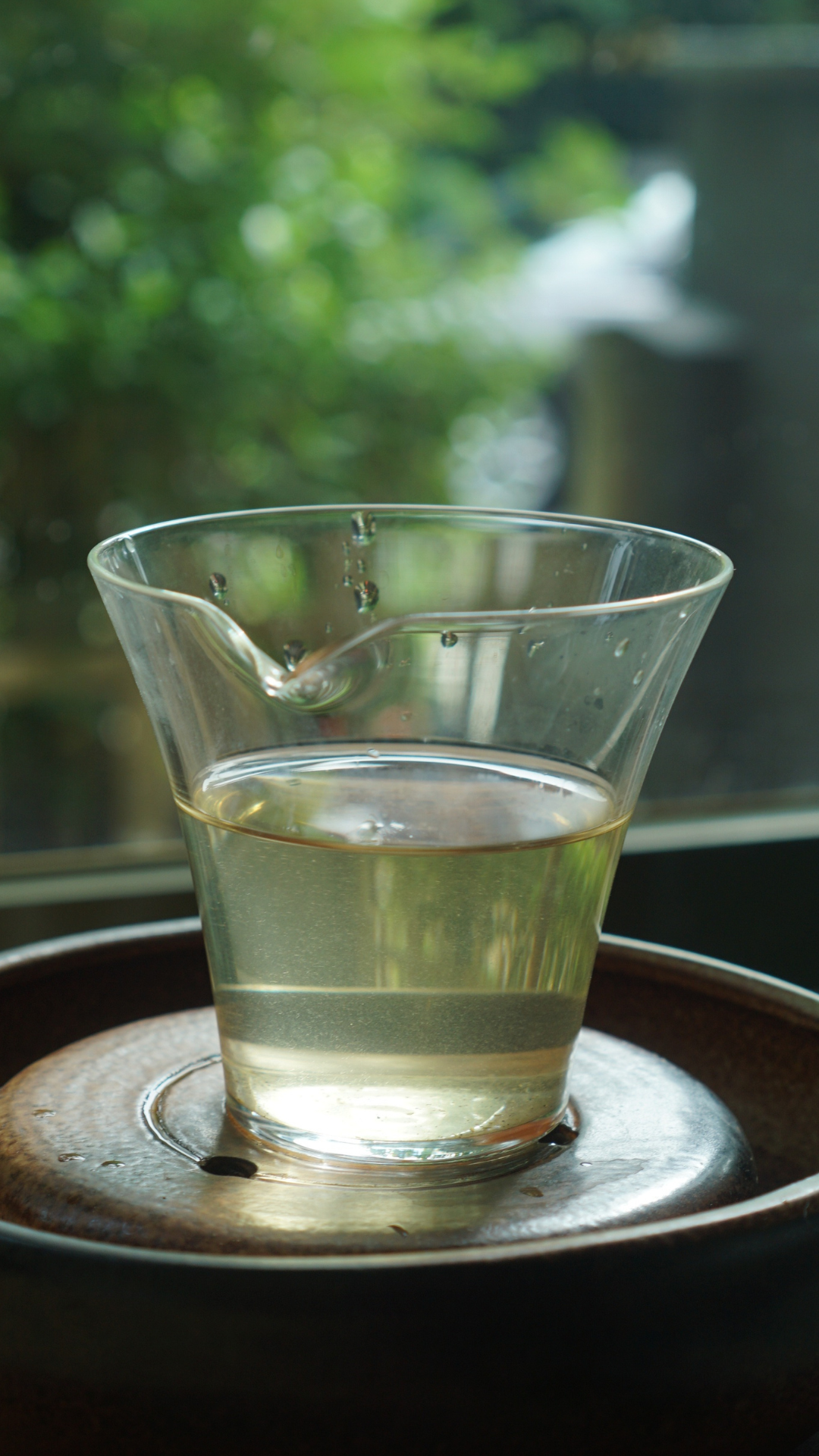
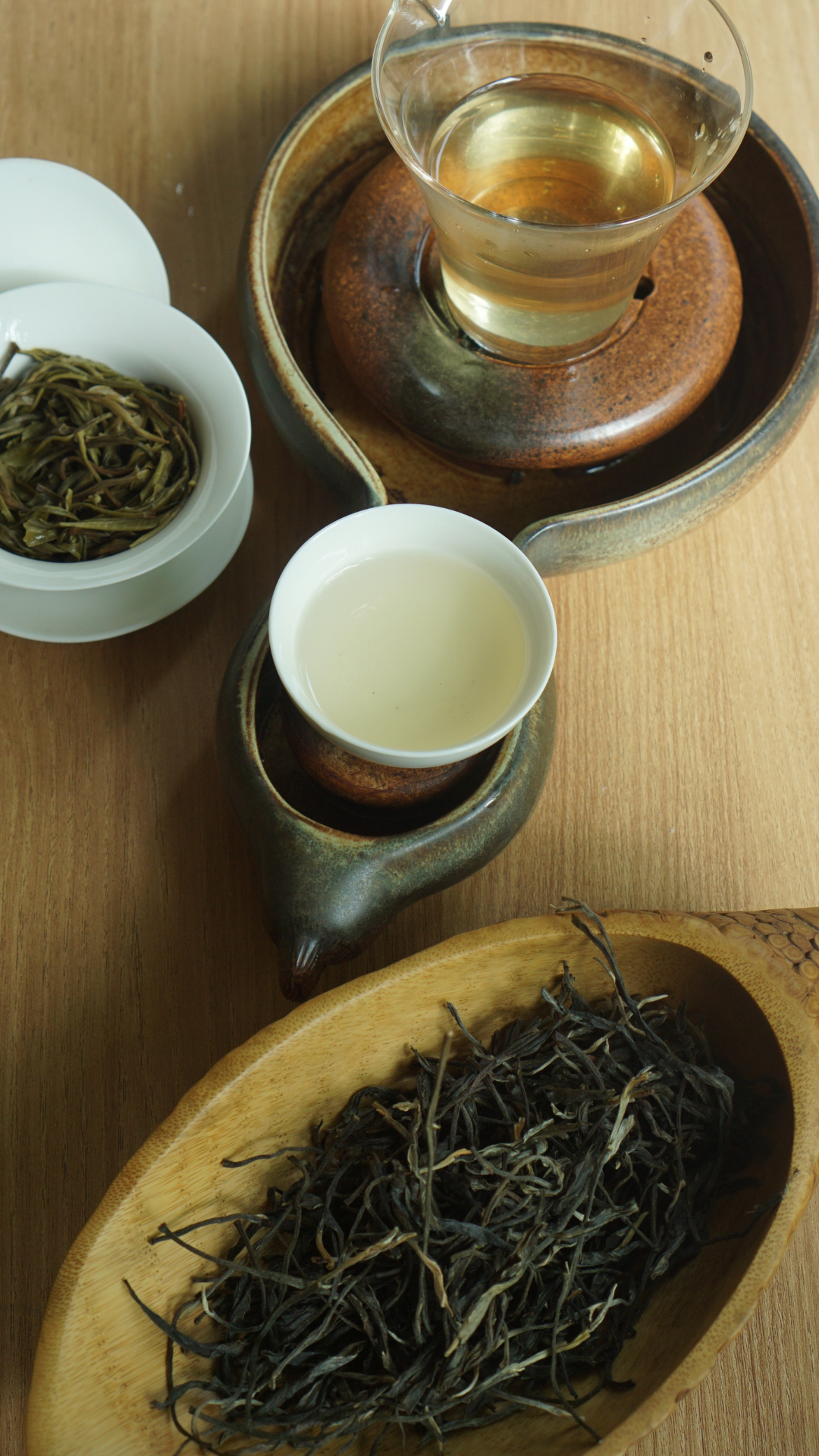
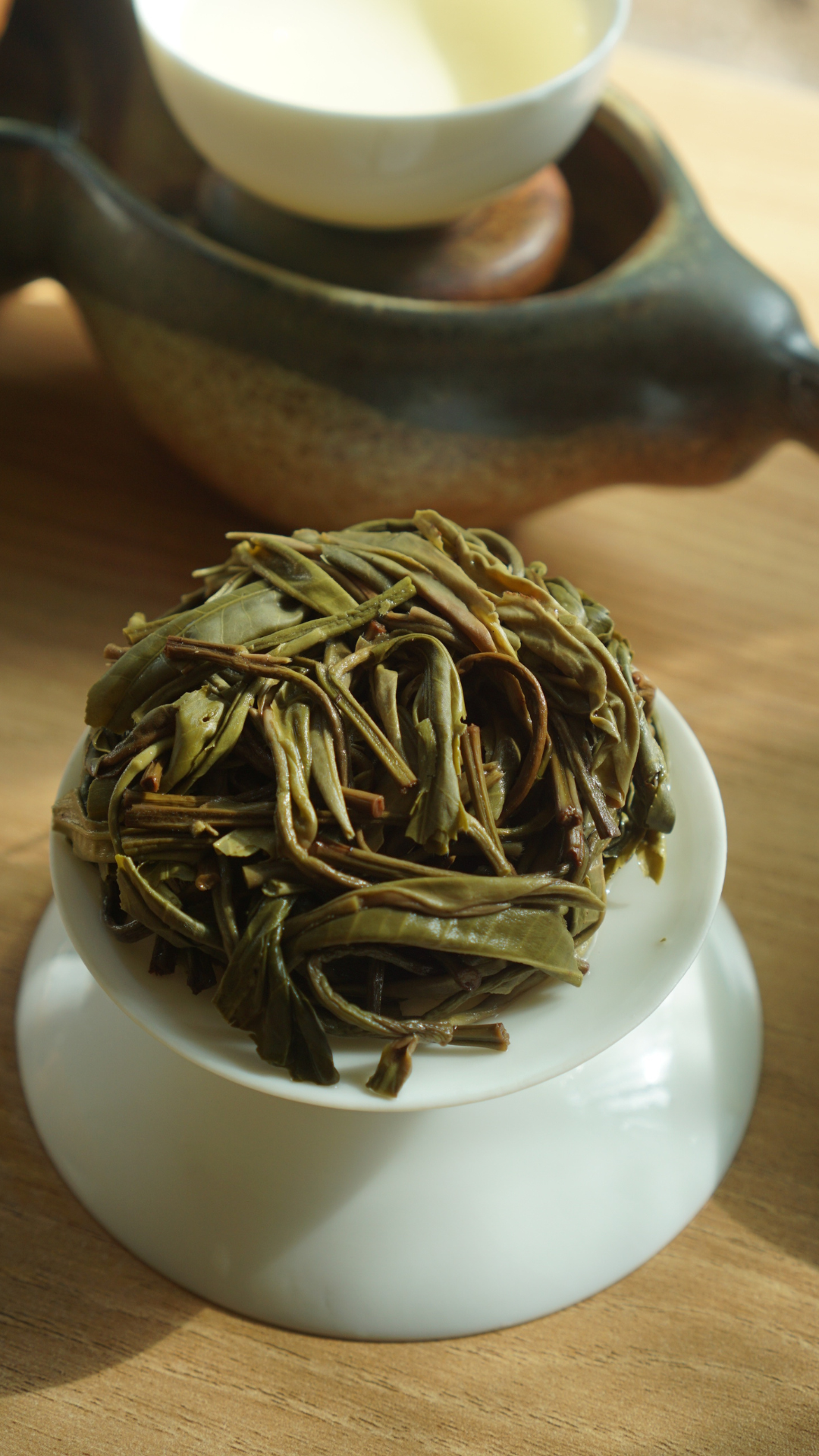
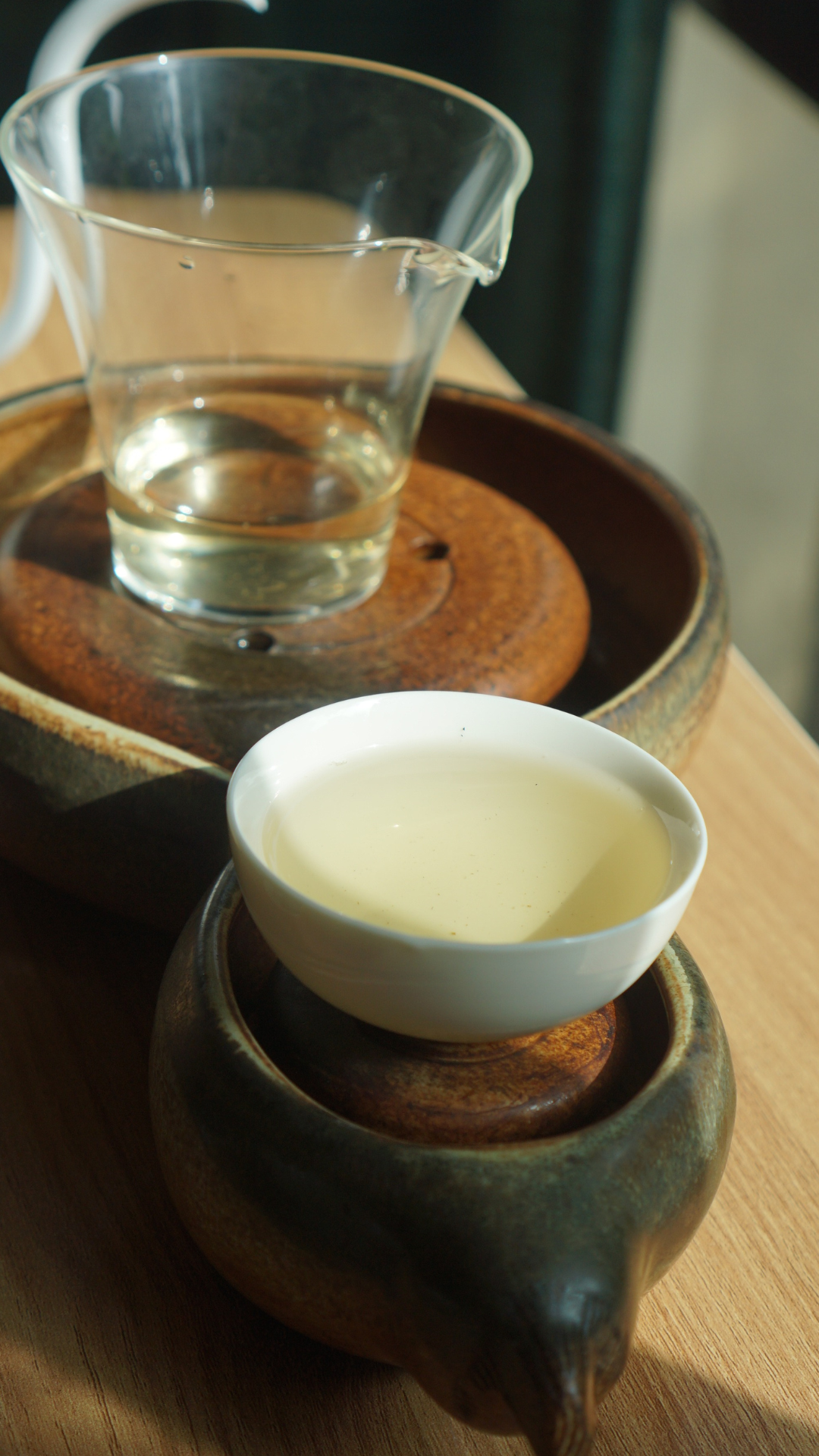
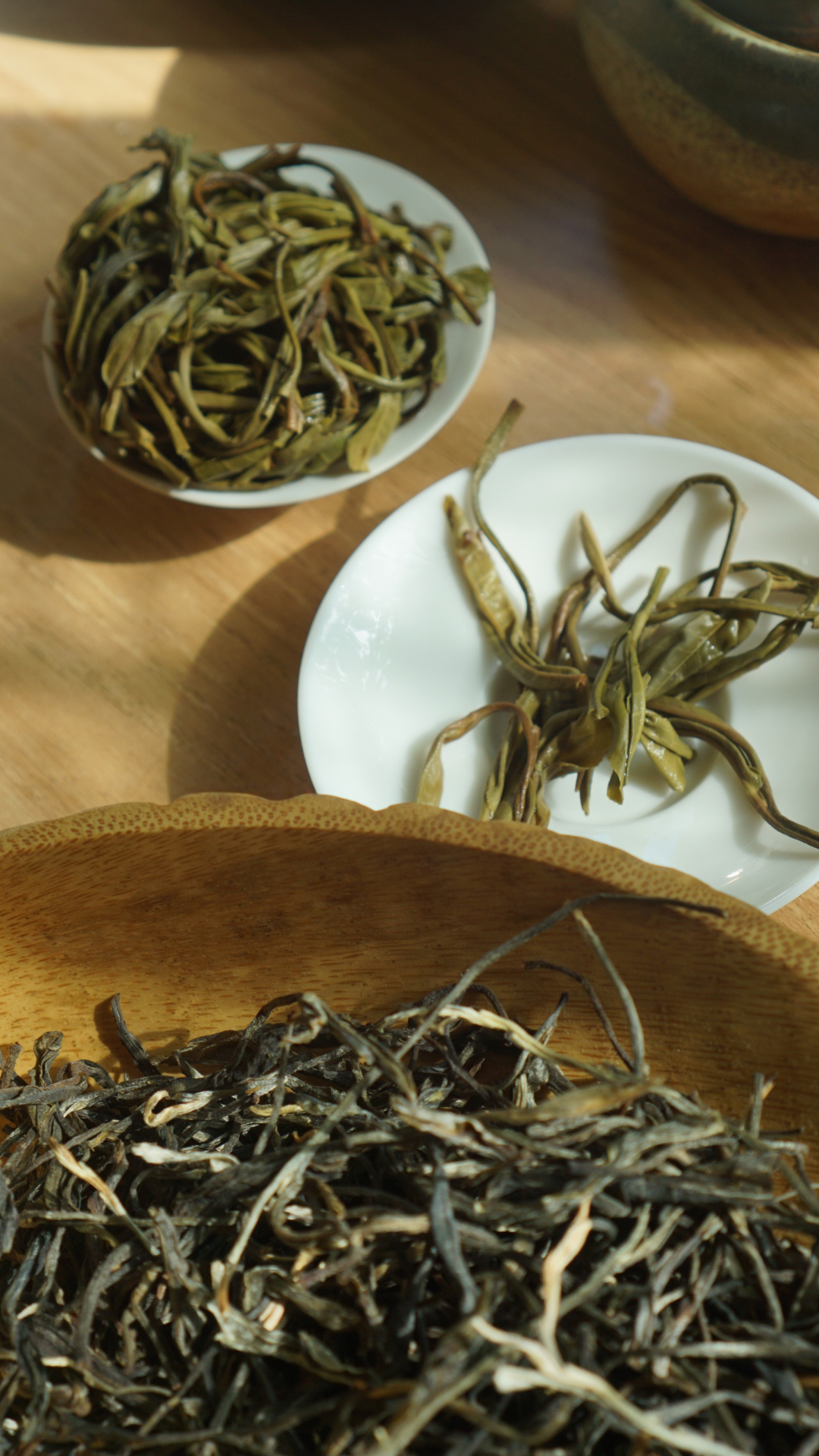
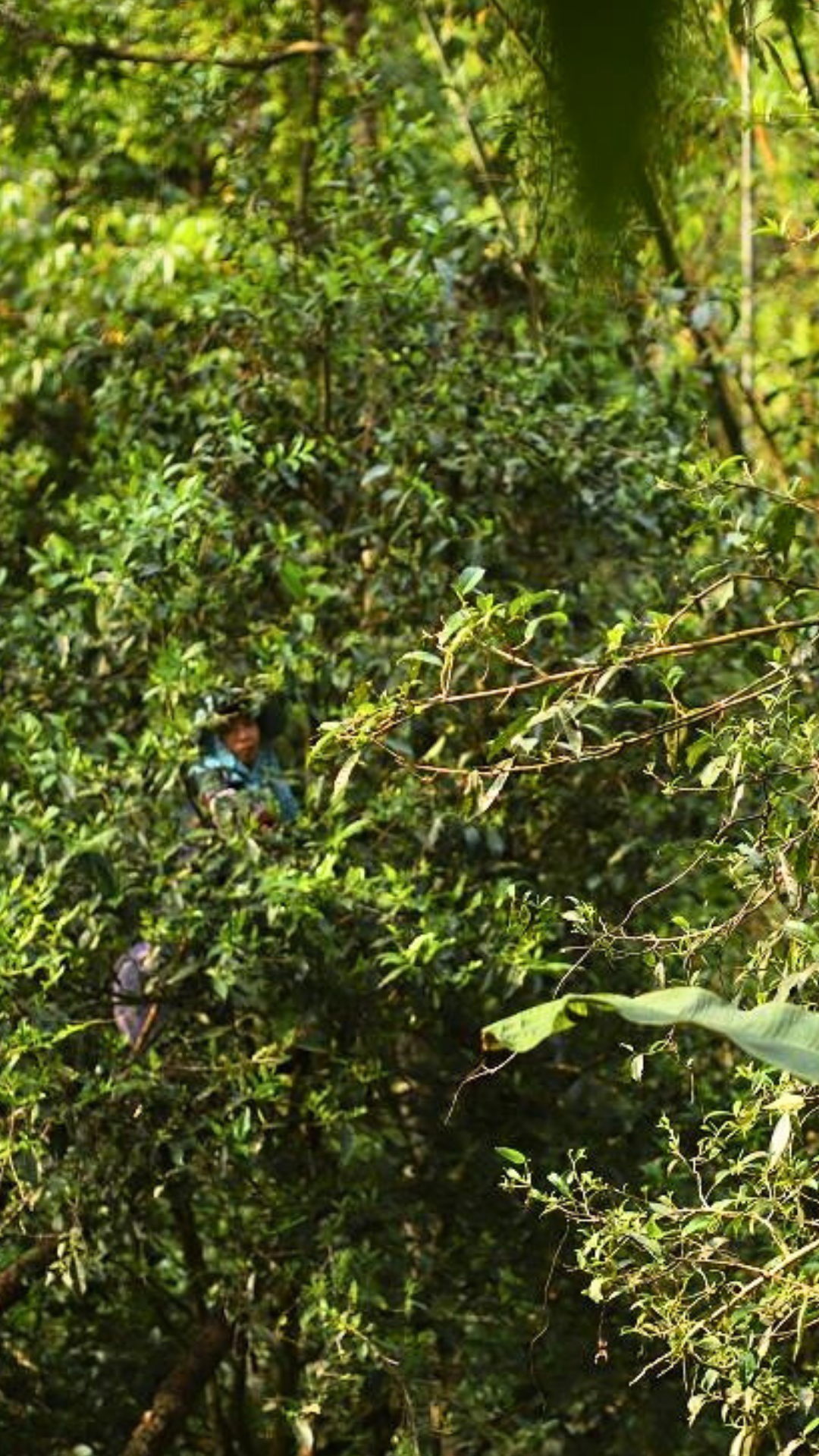
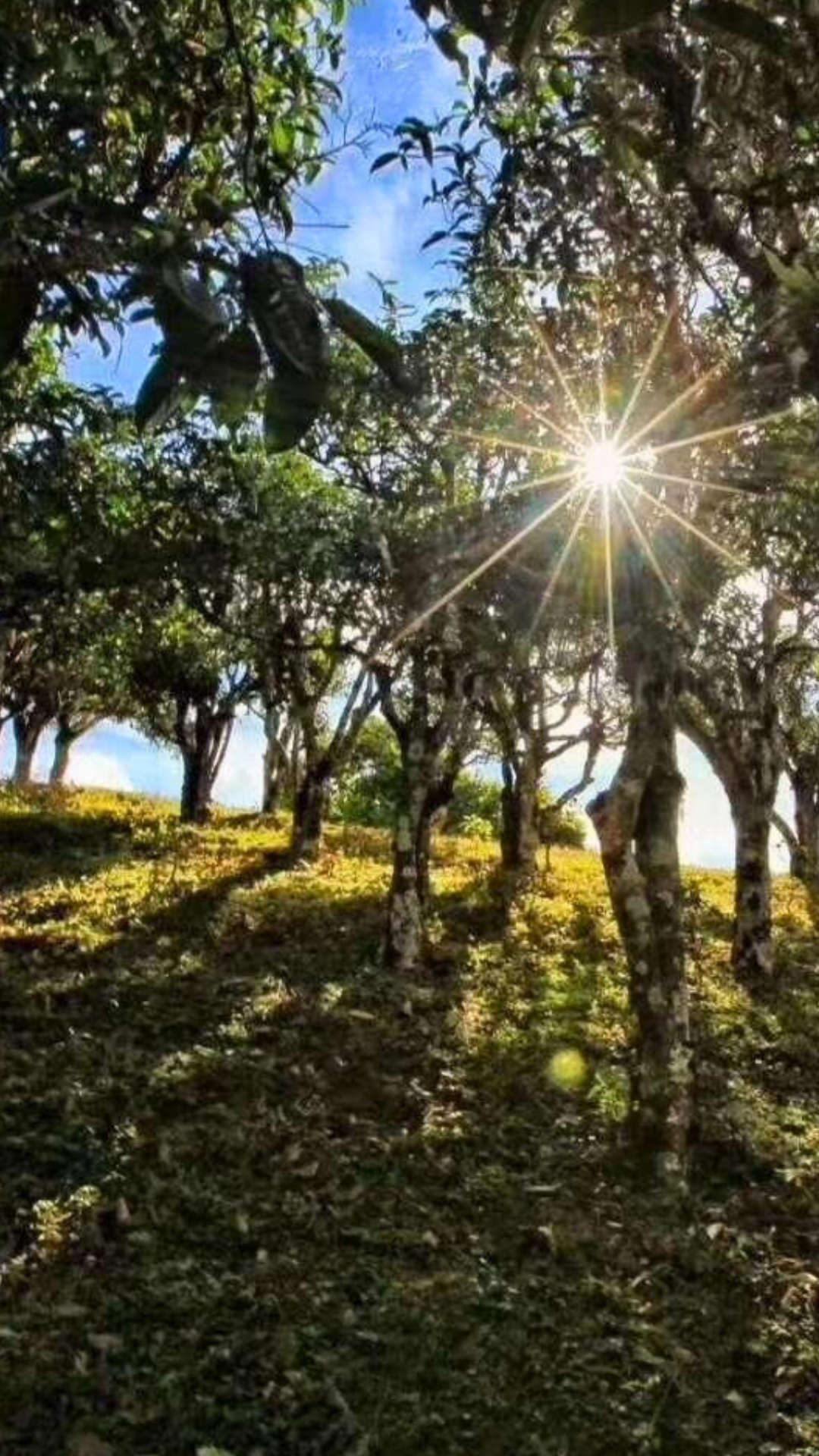
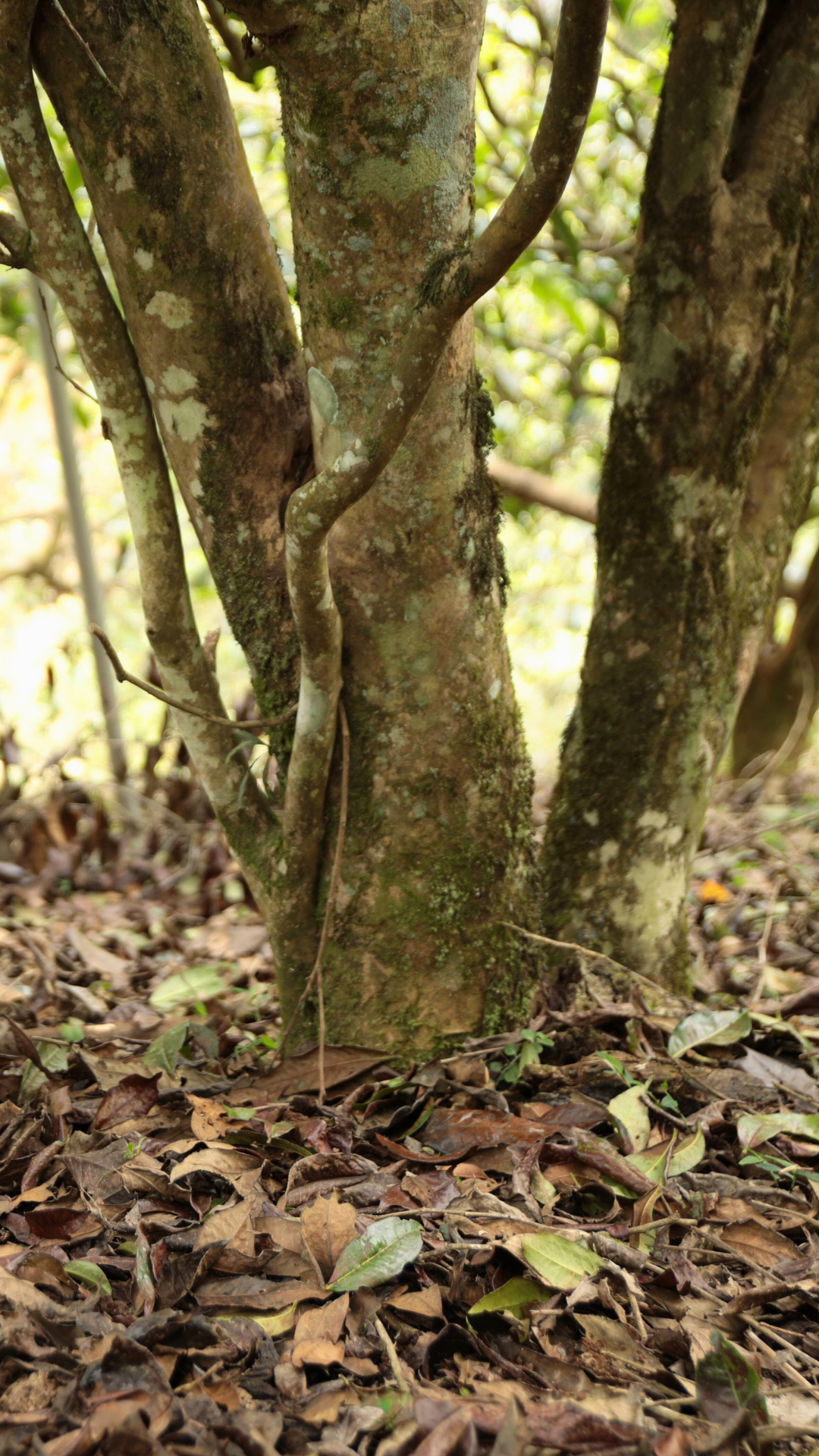
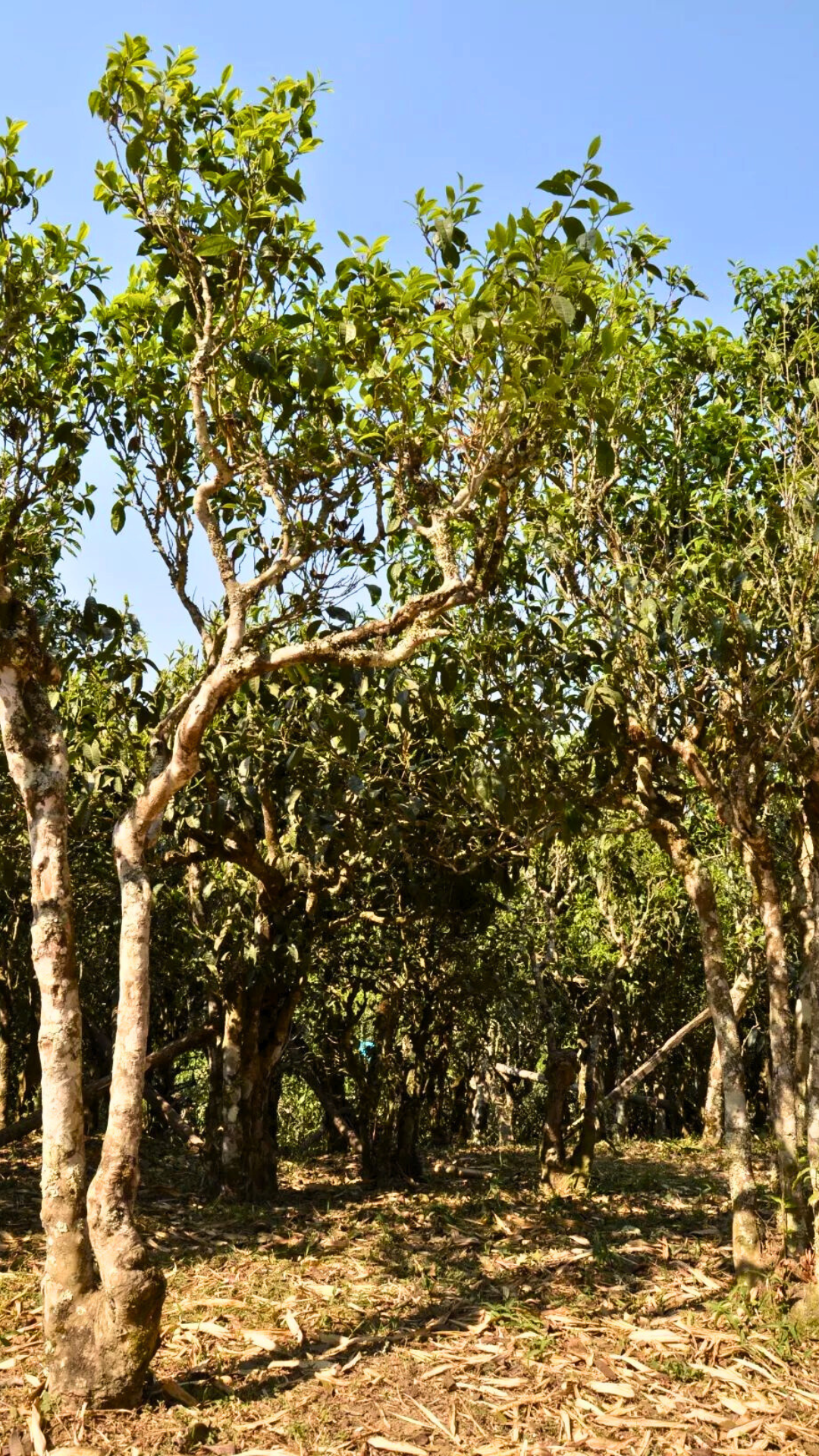
8 grams of tea is definitely quite a bit 😉 My Yixing teapot couldn’t handle it, so I used a large gaiwan I picked up in Hong Kong last year, and it worked perfectly. The taste is super refreshing, and even after brewing more than 20 bowls, there’s still a gentle floral aroma lingering. It’s honestly really lovely.

